*Solari Note: We are now republishing Catherine’s commentary so it can be viewed by all Solari Readers, original publishing date was November 11, 2013*
By Catherine Austin Fitts
I am often asked what percentage of their total assets or liquid portfolio a person or family should hold in precious metals. I find it impossible to answer this question generically. What I can do is describe the process I use to help determine the ideal amount of holdings in a specific situation.
Individual holdings in precious metals can be divided into two categories, a core position and an investment position.
Core Position
A core position in gold and silver is one that is held as insurance for protection in a worst-case scenario. As the old saying goes, “Always keep enough gold on hand to bribe the border guards.”
In this instance, the owner is not focused on generating returns on their investment or diversifying a balanced portfolio. Rather, they wish to ensure that they have a currency that is likely to hold some value and liquidity (so they can use to transact) under extreme political or economic conditions.
Gold and silver are chosen as one such asset because they are not dependent on a government or military for their value. They are tangible. They are liquid. You can put them in your pocket and walk away. Their value is recognized globally.
This means that the core position must be held in physical form by the owner and/or in depositories or storage considered by the owner to be safe and accessible in the event of one or more worst-case scenarios.
The variables to consider when determining a core position include:
- How many people do you want to provide for in your worst-case scenarios?
- How much purchasing power do you want for each person in your worst-case scenarios based on how many months or years you want to be able to provide funding?
- How much in reserves do you want to provide additionally as capital to start a business or to be able to reinvest at that time to generate an income?
- In how many locations or jurisdictions do you wish to provide your per person and additional reserves? For example, do you want a “stash” in another country or continent in addition to your home or local area?
- As you do your scenario planning, what are the percentage chances in your opinion of each and all of your worst-case scenarios coming true? What percentage of your assets do you want to hold to protect yourself for those scenarios as opposed to support you and provide income and resources for your other scenarios?
- Of the amount of assets that you feel are useful to hold in the worst-case scenarios, how much do you want to hold in precious metals (as opposed to local currencies, or tangibles such as food?)
- What are your total available assets, including the amount currently available to invest in liquid assets?
As you can imagine, the size of core positions varies widely, depending on how many people will be covered by the “insurance,” the total liquid assets available, and the person’s concerns about and desire to protect themselves in a worst-case scenario.
Some people are certain that economic collapse is around the corner. Some people think it will come years from now. Some consider the notion absurd.
Of those who consider a worst-case scenario likely, some think gold and silver will be invaluable to have. Some think that only food, water, shelter and other practical assets will be worth having. Some think that the chances of survival are so small, they might as well use all their assets to thrive and enjoy life in other scenarios. They would rather deploy their assets to productive uses that build financial or human wealth – to build a business or send children to college. Their feeling is that the cost of insurance is too expensive given their immediate alternatives.
We live and transact in the midst of ongoing economic warfare. Information is inadequate. Participation is involuntary. This means you are on a chessboard. You need to allocate your assets to take advantage of your opportunities and protect you and those you love from risks. Your assessment of what core position you want is a decision regarding political and social strategy rather than economics.
The goal of working through scenarios and options to determine the optimal core position, if any, for you is to ensure that when you buy gold and silver and hold them as time goes by, you know why you own them and you are confident that you have chosen wisely. As a result, these holdings will ideally help protect you not just in your worst-case scenarios but – arguably more important – ease your fears about a worst-case scenario so you can concentrate your focus on creating the futures you prefer.
That means if holding gold and silver do not ease your fears, they may not be worth holding.
Since each person or family is unique and your situation is unique, ultimately only you can decide what the appropriate size of your core position is.
Needless to say, your core position is something you hold for the long term, or until you experience a significant reduction in your assessment of the probabilities of your worst-case scenarios coming true or the utility of gold and silver in those cases.
Investment Position
An investment position in gold and silver or related equities is something you hold as part of a commodities position in a balanced portfolio or because you or your investment advisor consider the investment opportunity to be attractive.
Presumably this portion of your portfolio is designed to grow your assets and to protect your purchasing power in scenarios other than the worst-case scenarios.
The ideal investment position is held in bullion and or funds and stocks with excellent governance and management. Where funds and equities are a way of investing in bullion in securitized form, it is important that the investor has confidence that the depository arrangements are audited and have integrity.
Some investors consider it useful to use gold and silver exchange traded funds as short-term trading vehicles or related exchange traded funds for hedging. It is important to realize before doing so that as a credit matter these may in fact be more like IOUs priced in gold and silver, than based in real collateral with strong depository arrangements. See Special Solari Report “Disclosure in the Precious Metals Puzzle Palace’.
Before investing in precious metals, it is also important to understand that capital gains on most of these securities, like profits on bullion, are taxed at higher tangible rate. So please make sure you understand the tax issues related to this type of investment. Offshore securities or depositories often involve additional IRS reporting requirements for US citizens, so make sure these are clearly understood as well.
Gold and silver prices, and the prices of related securities are highly volatile. If you are not comfortable managing this kind of volatility, you should avoid investing in precious metals or invest in funds that are professionally managed or with an investment advisor who understands precious metals and, if you desire, is authorized to actively manage or hedge positions.
Investment in precious metals has been attractive for the last decade. Through 2012, for example, gold outperformed the Dow Jones Stock Index for the prior twelve years. During this period, we said that gold was “in an upward primary trend” or bull market.
Gold and silver prices peaked in 2011 and have been consolidating downwards since then. Such consolidations are reasonable to expect when an asset is in a primary trend upwards. However, there is little evidence to suggest as of early November 2013 that prices have “found a bottom.” In theory, the price gold should be able to drop to as low as $1,100 -1,150 and still be in a primary trend upwards.
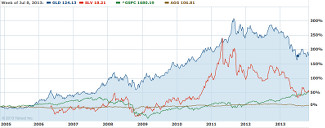
Until gold and silver prices prove a bottom, given the length of the current consolidation, and begin to move up, the primary trend is in doubt and the possibility of a continued downward trend is real.
Is the current consolidation simply part of a long-term bull market or is the gold and silver bull over? We have no way of knowing.
Given inflationary monetary policies globally and the commitment of the Asian retail market to owning precious metals, there are strong arguments in favor of gold and silver’s long term outlook. However, if we look at what is happening in technology and other parts of the economy, there are absolutely scenarios in which the bull market could be over.
November begins a period through Spring which has, in recent history, been a strong seasonal period for gold and silver prices. Consequently, we are in a critical period over the next five months. If gold and silver prices find a bottom and head up, investors may have an opportunity. If not, the primary trend will be in doubt.
Until the primary trend reasserts, investment in gold and silver and related securities call for careful monitoring. Downsizing to a small percentage of overall assets, moving out entirely, or hedging positions should be considered.
If the primary trend reasserts, depending on what is happening in other asset sectors, precious metals is likely to be an attractive investment for a percentage of your holdings in a balanced portfolio.
Until the market tells us which way it is going to go, there is no way to know what will happen.
CONCLUSION
What percentage of your assets you hold in precious metals is a function of how much you hold in your core position as insurance for worst-case scenarios and how much you hold as investments to contribute to support you in other scenarios.
After working through scenarios and particular situations with individuals and families, I find there is significant divergence in the percentages that make sense for precious metals investment. That is why when experts offer generic advice saying that everyone should hold a given percentage, I cringe.
You need to understand what you own and why you own it. This kind of strategic insight is very powerful. It means you can have the confidence to not be “played” in the game of economic warfare.
And as in all issues of assessing your unique risks and opportunities, I wish you good hunting and good fortune!


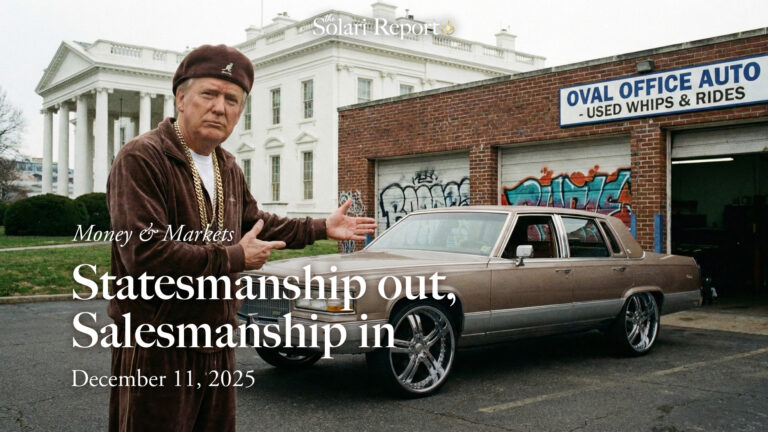
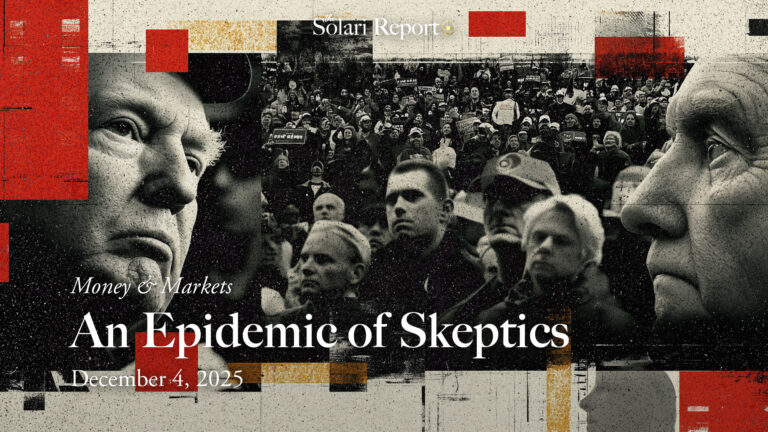
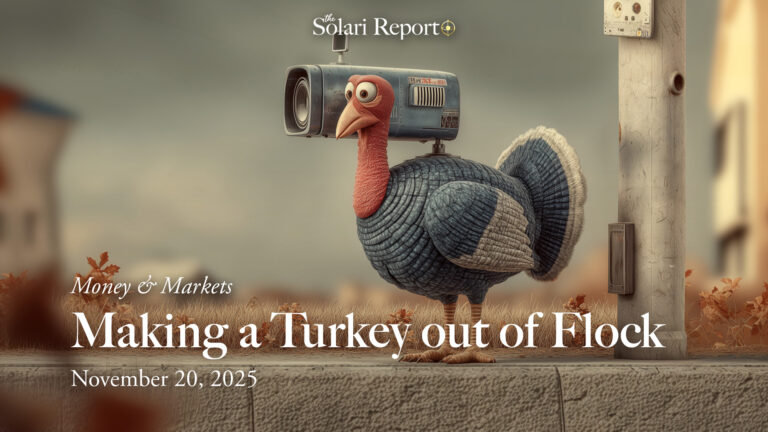
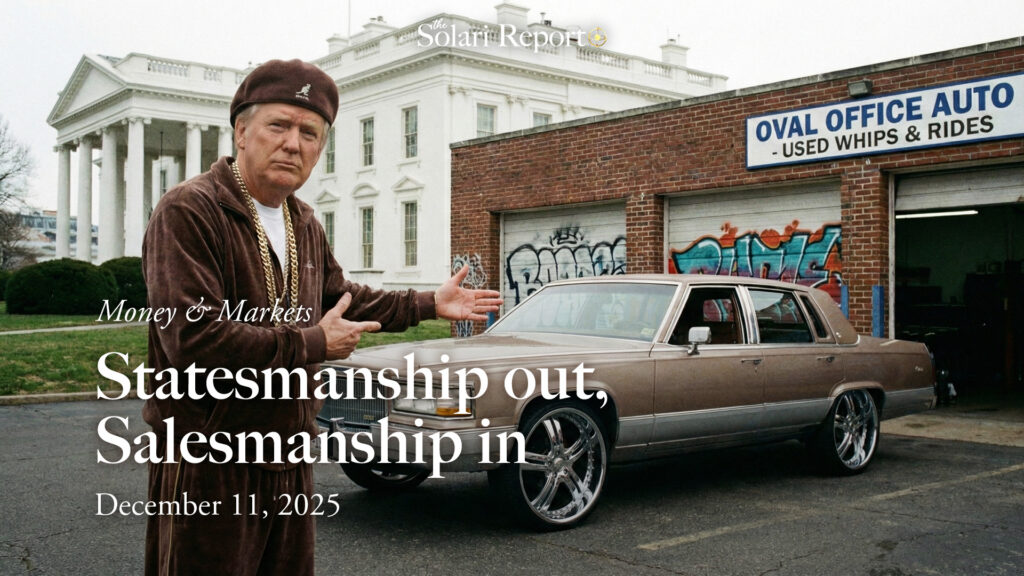
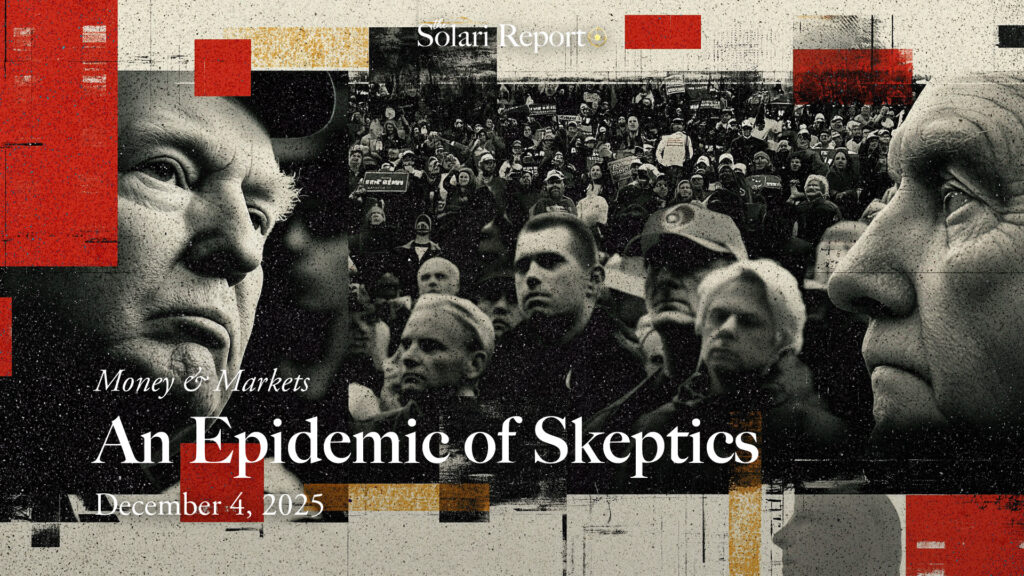
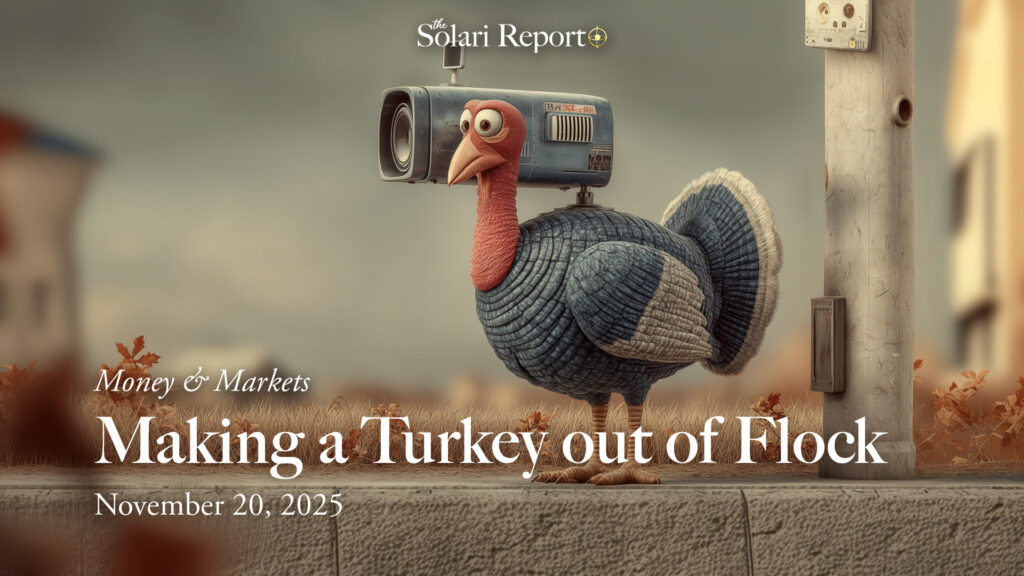


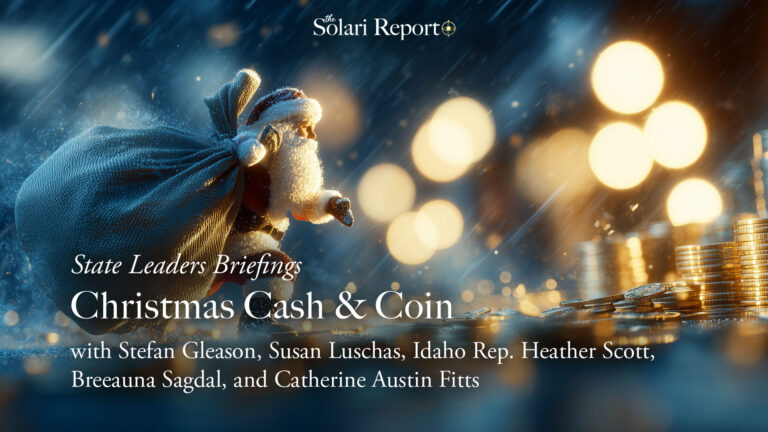


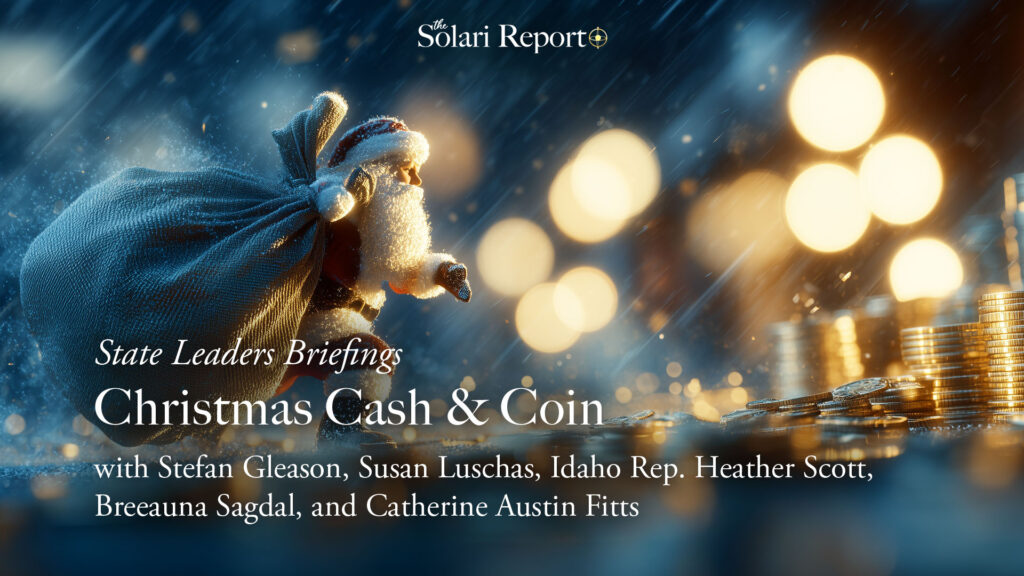


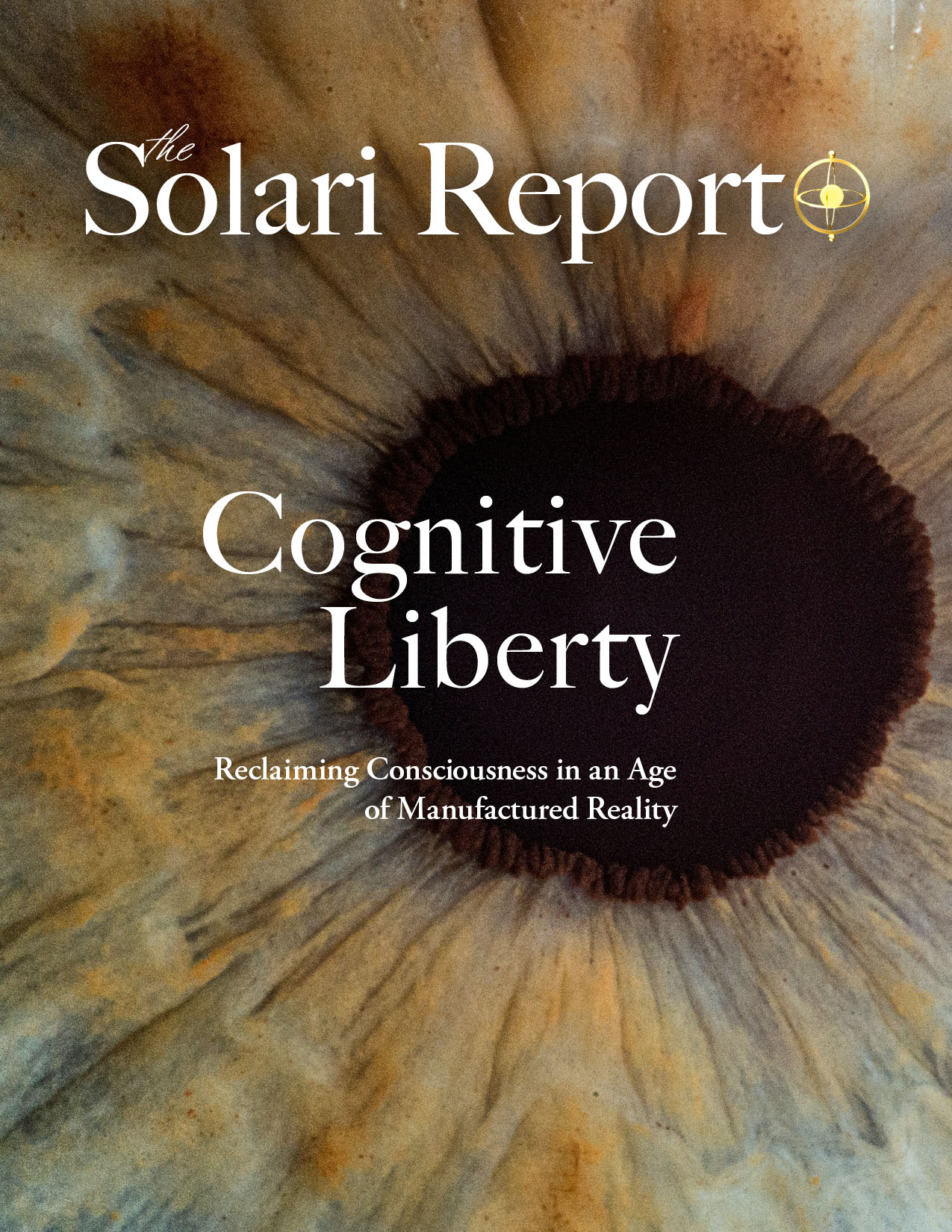
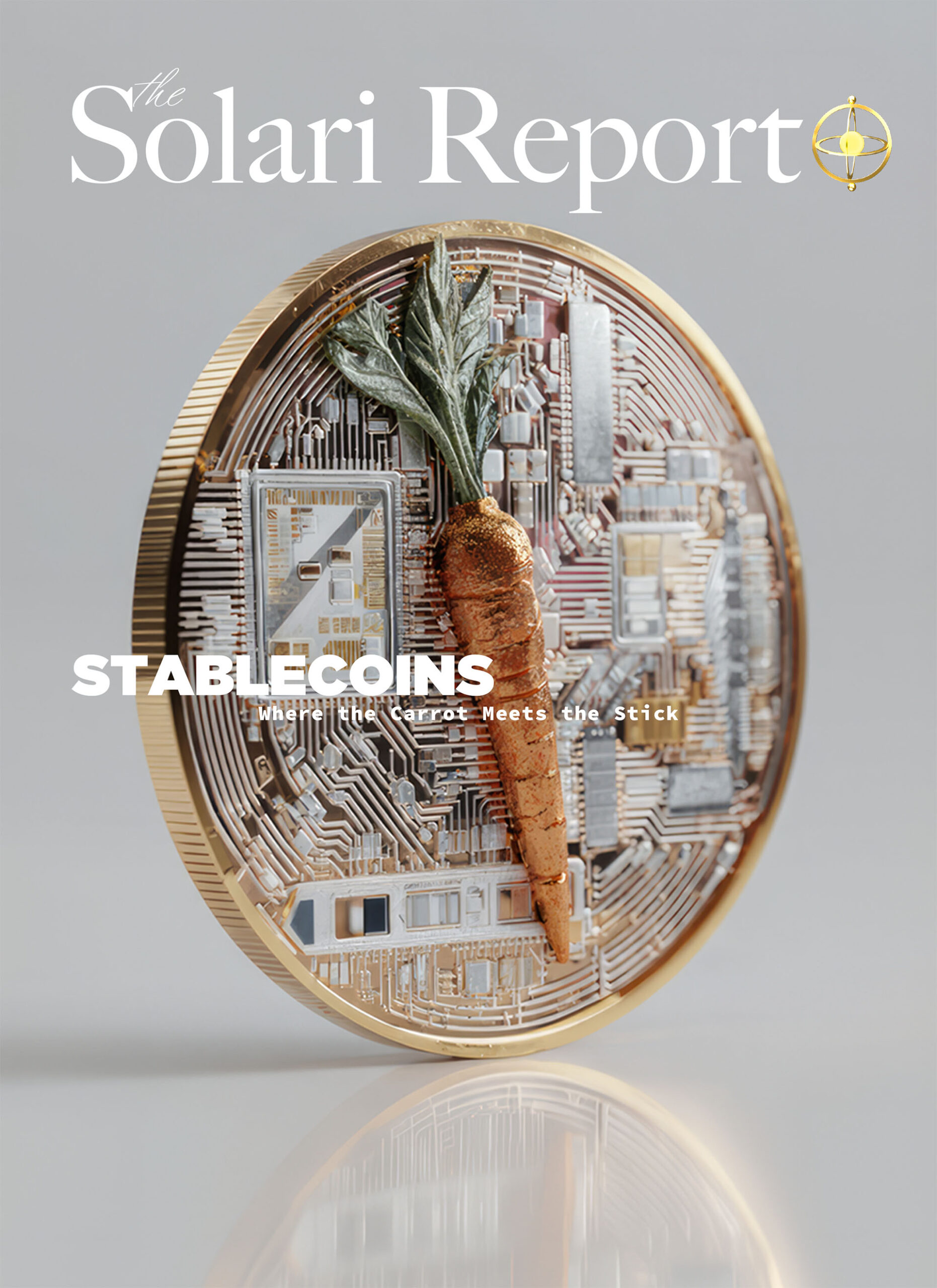
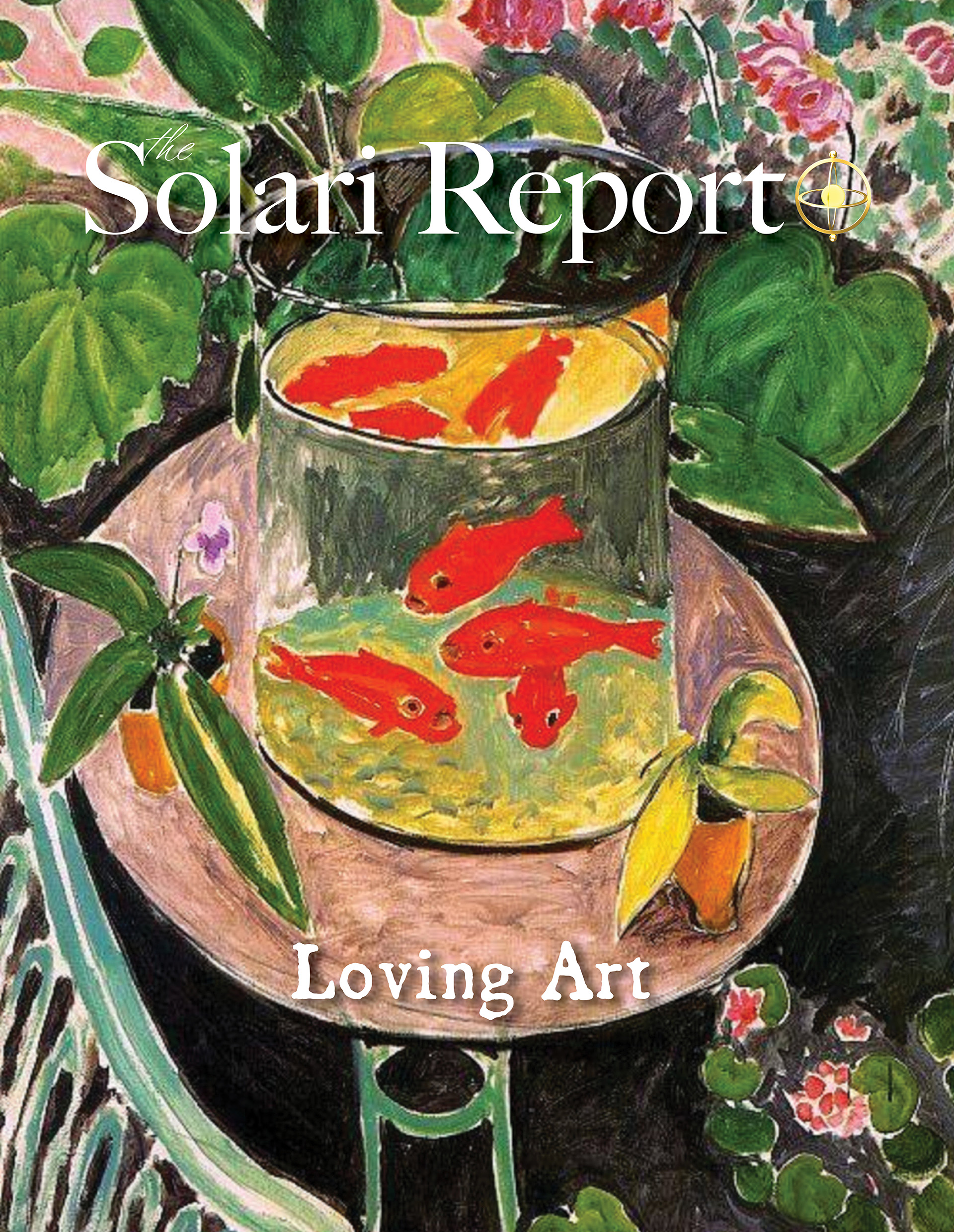
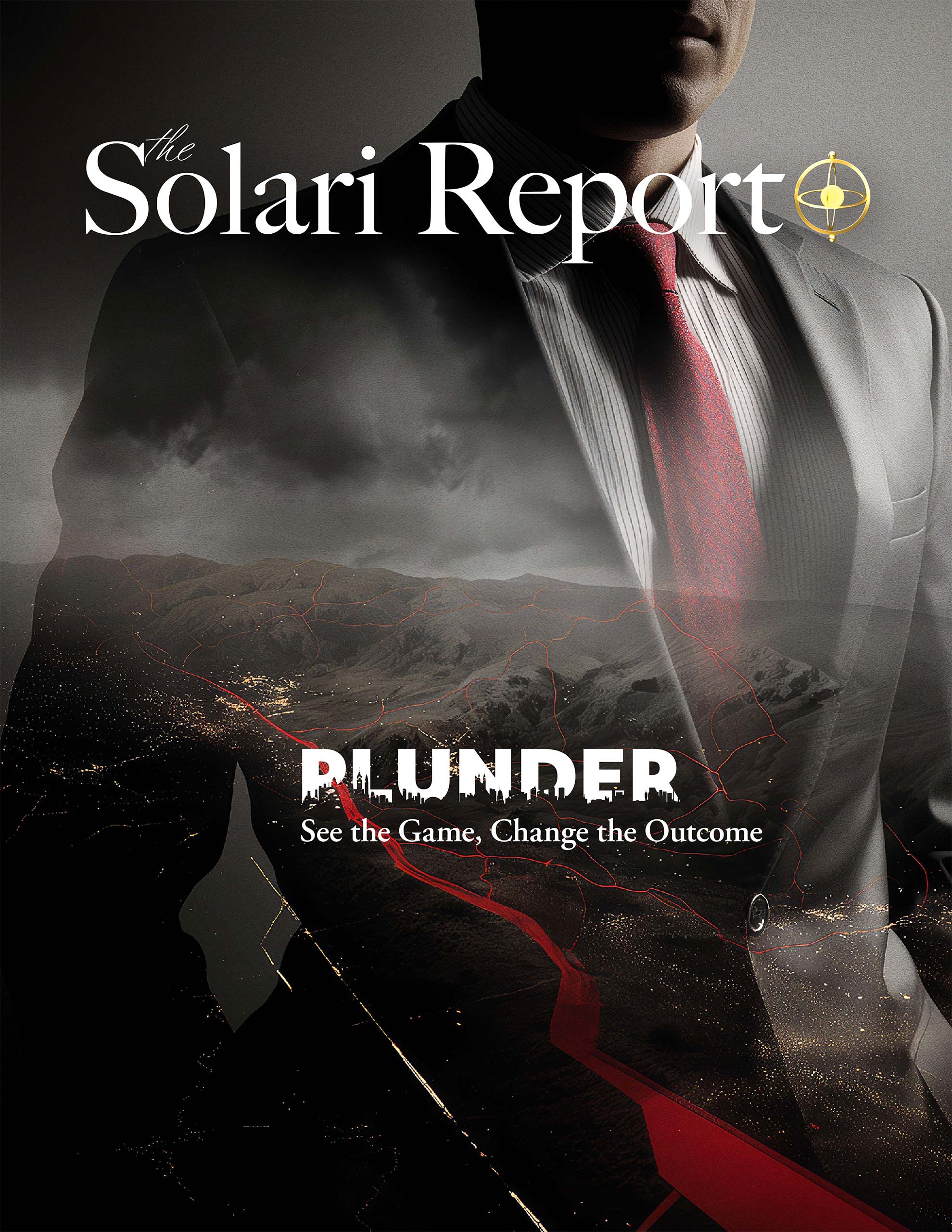

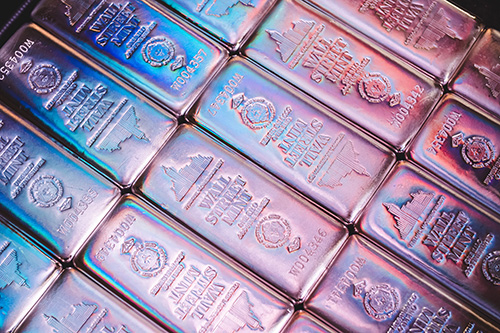

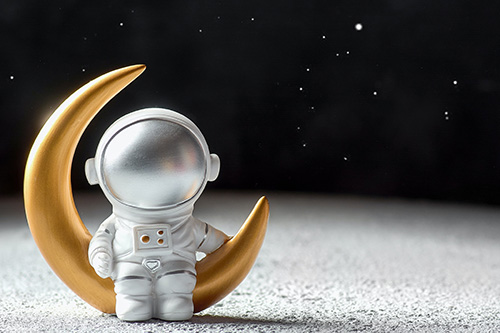




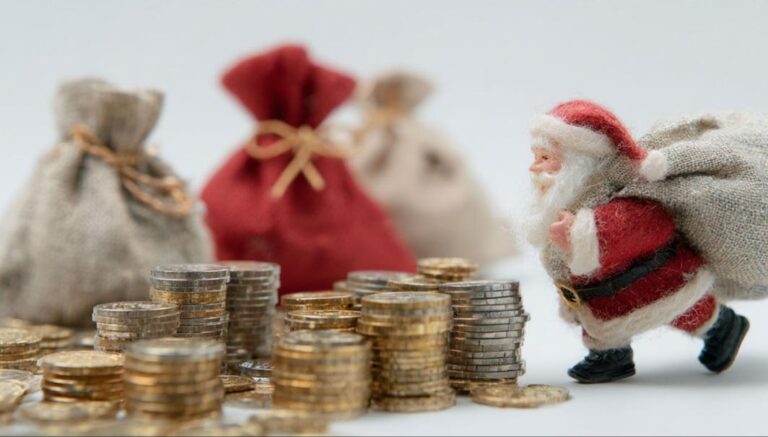

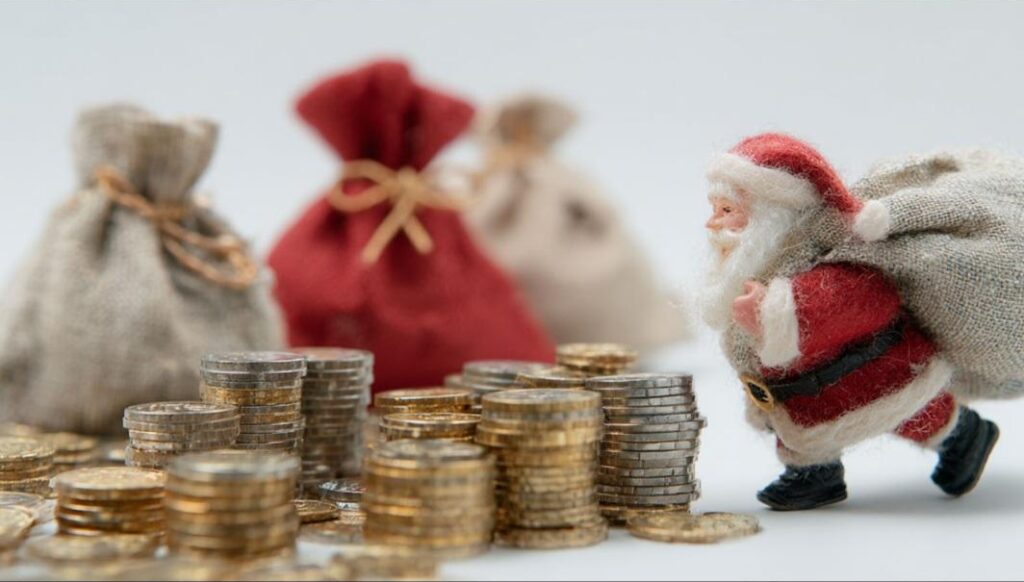

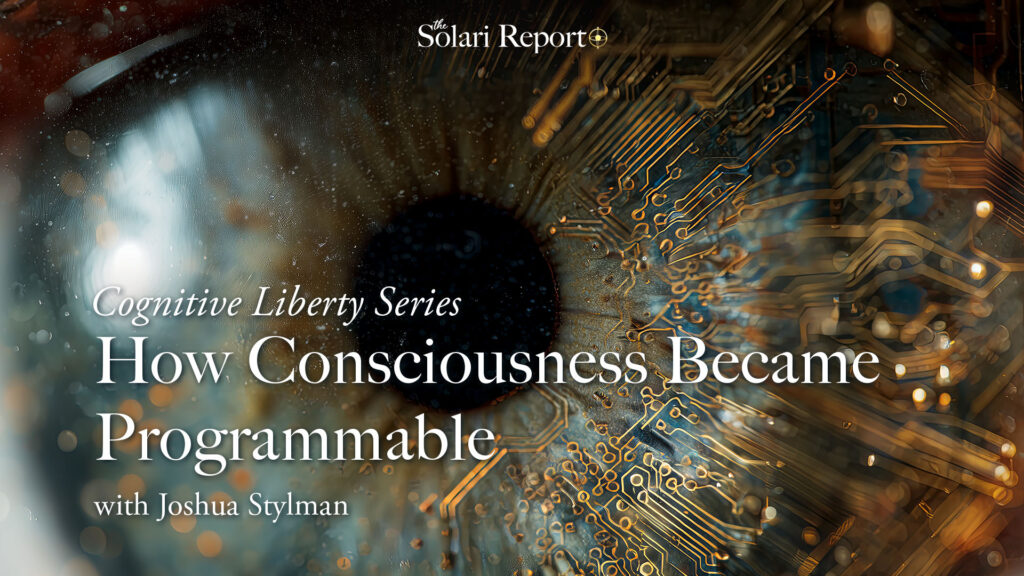
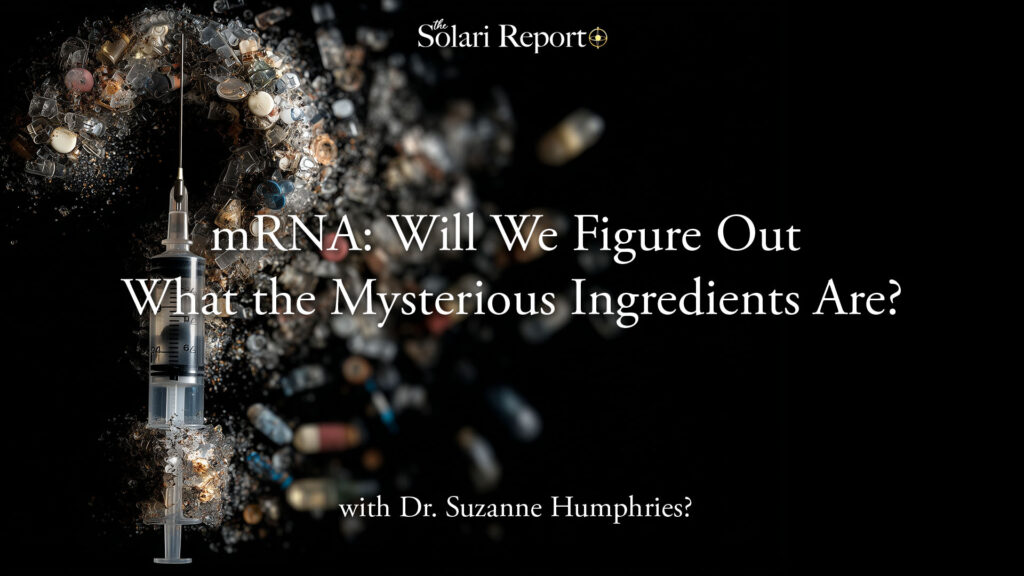


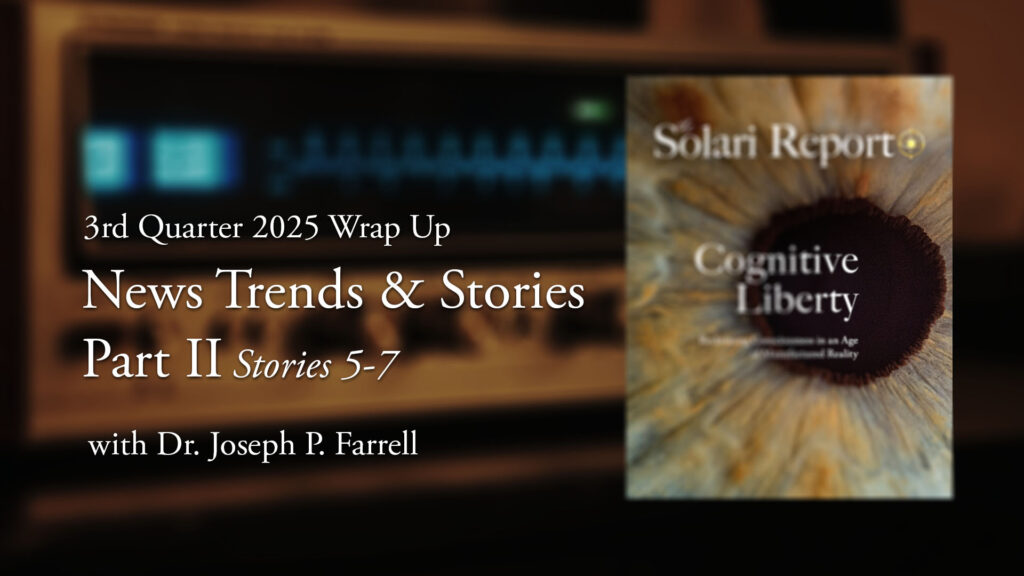
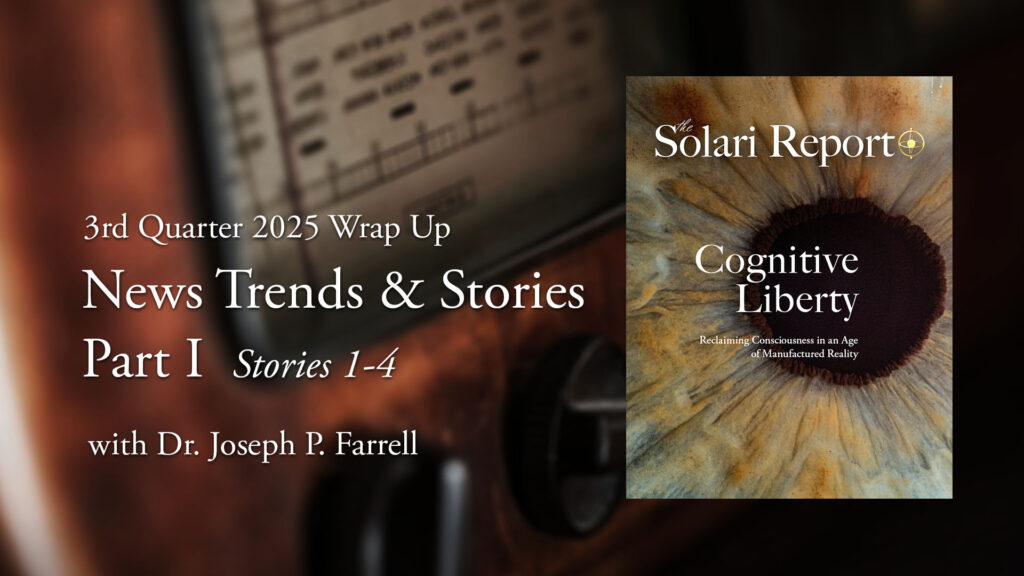
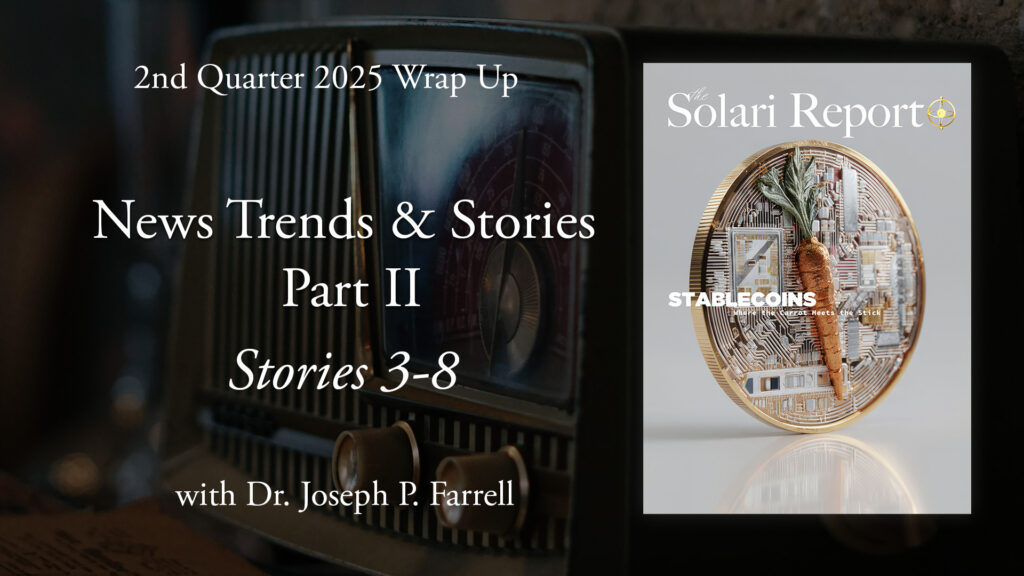
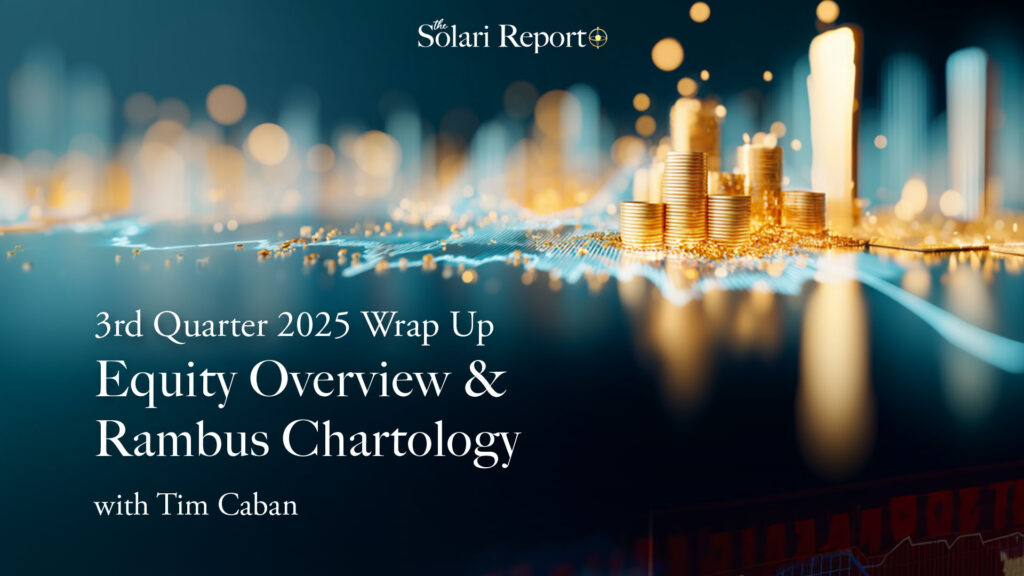
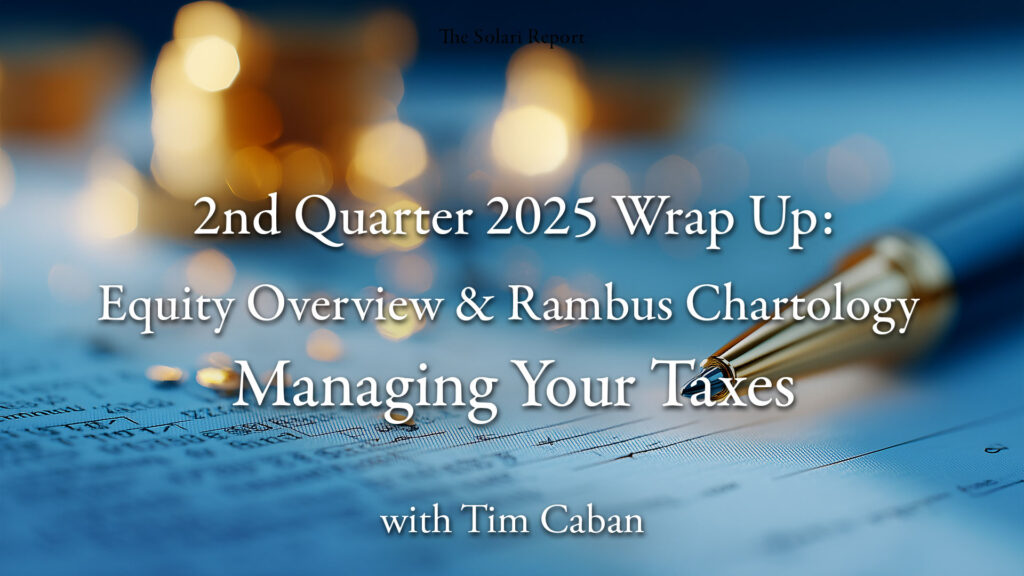
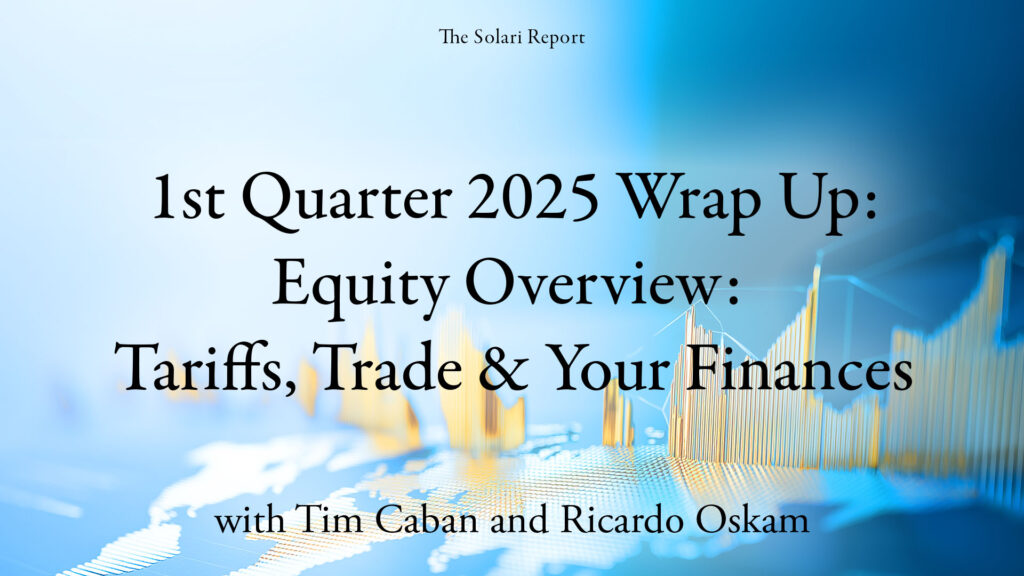

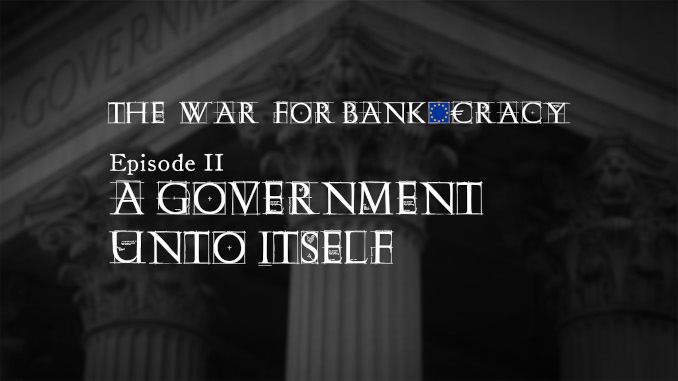



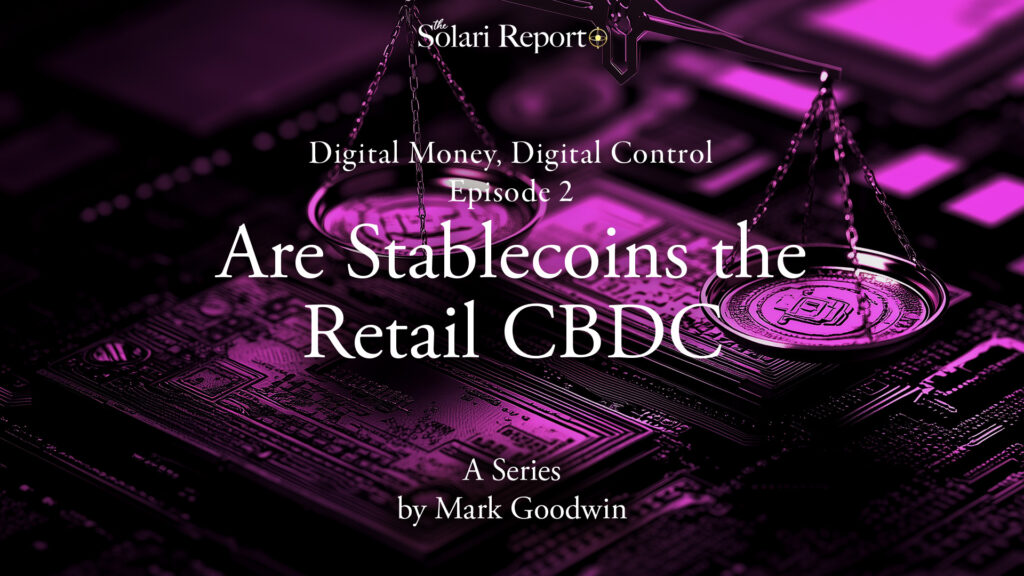
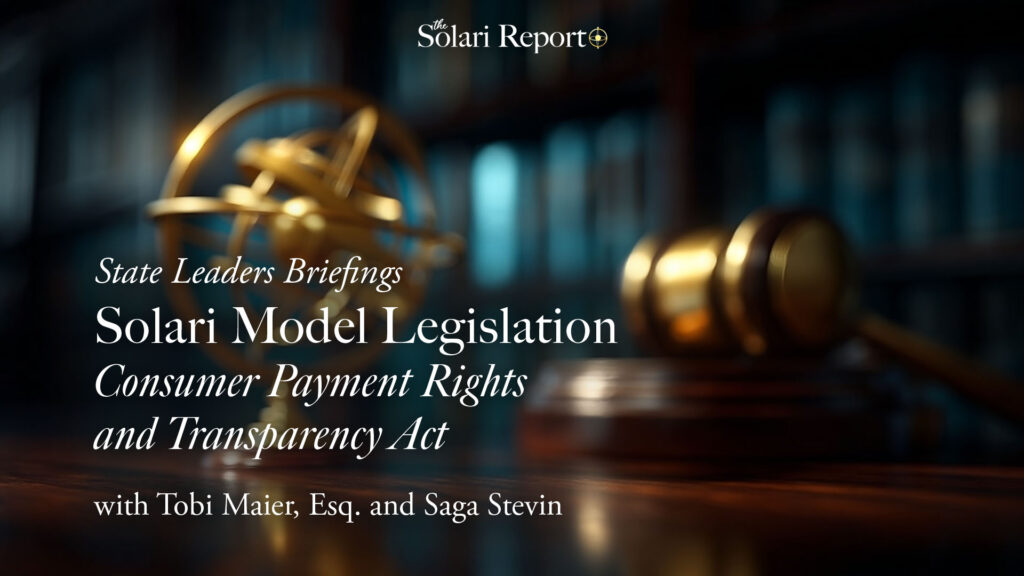
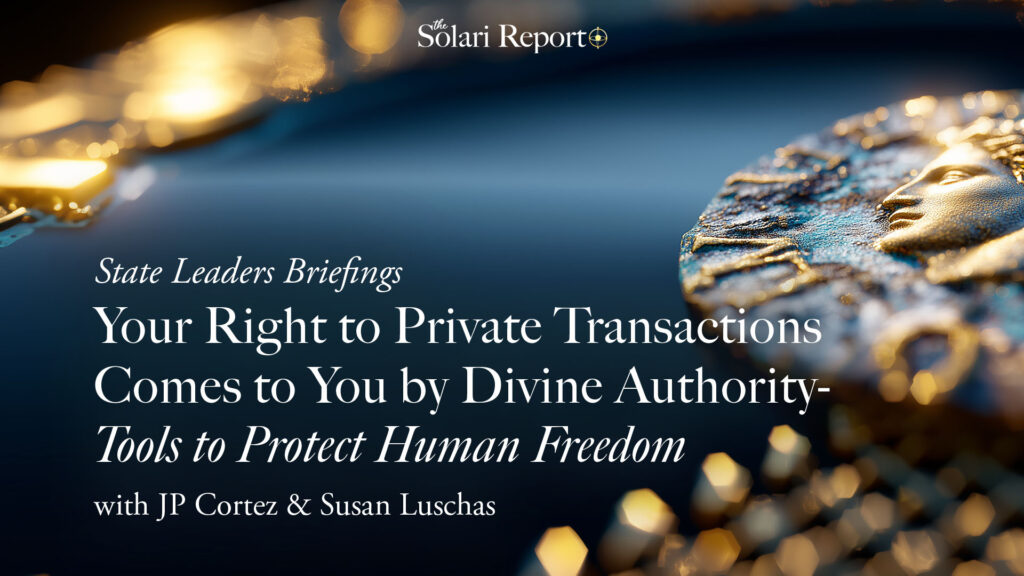








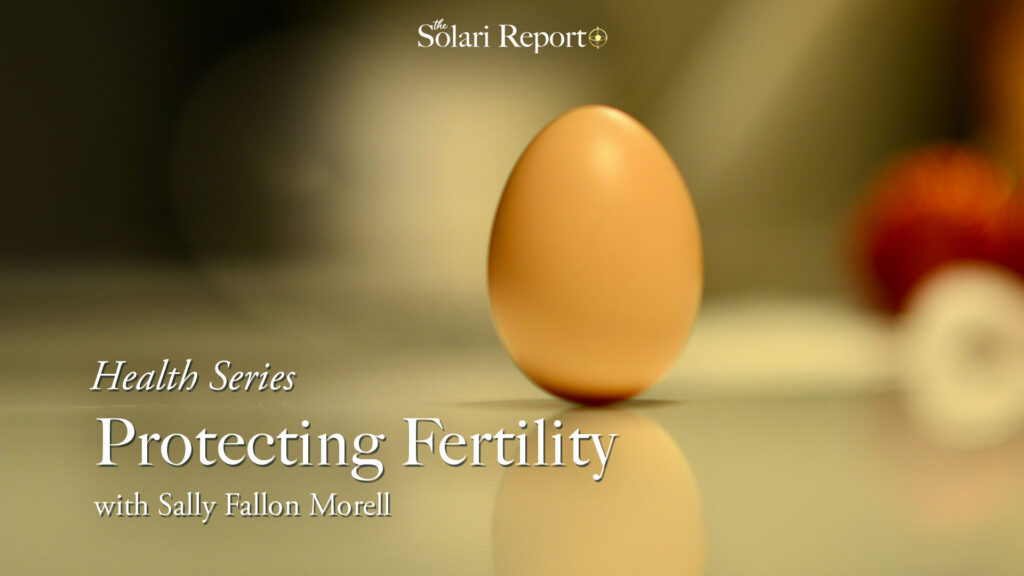

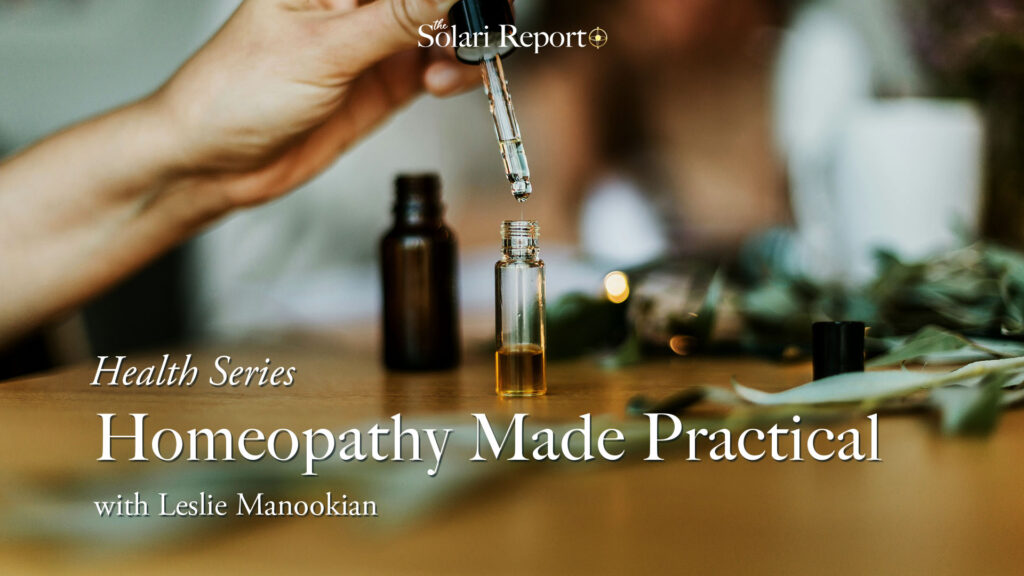
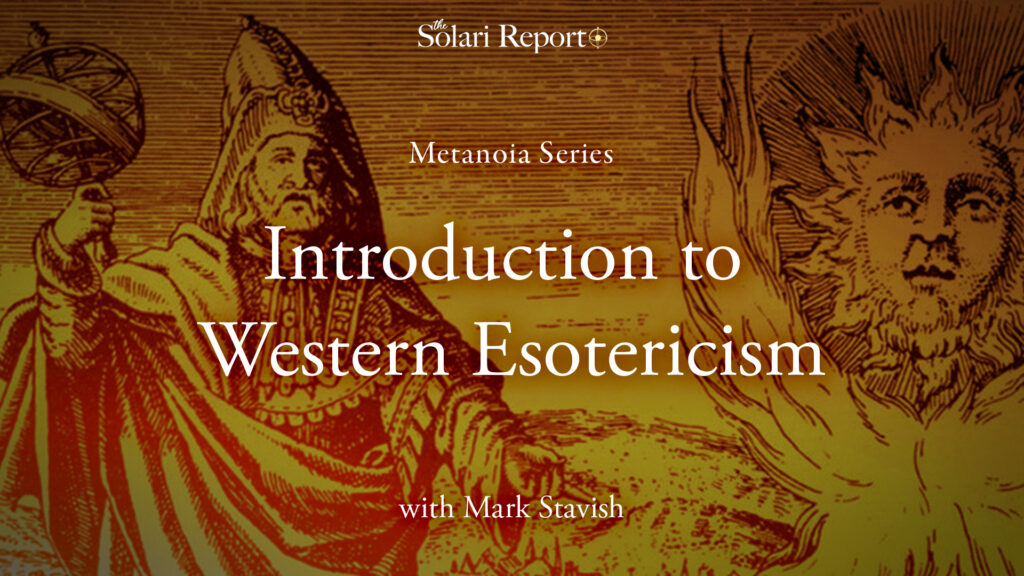
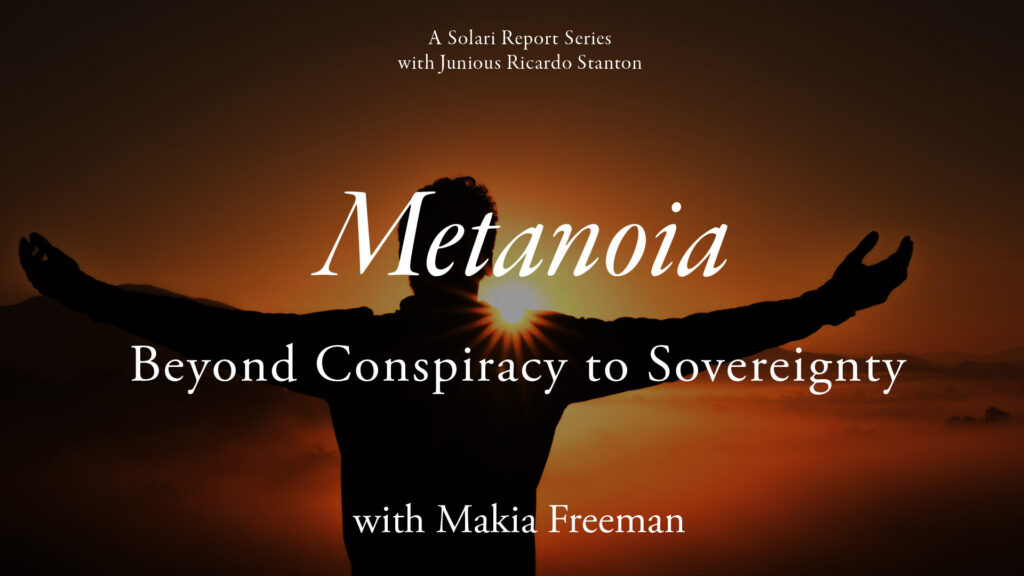
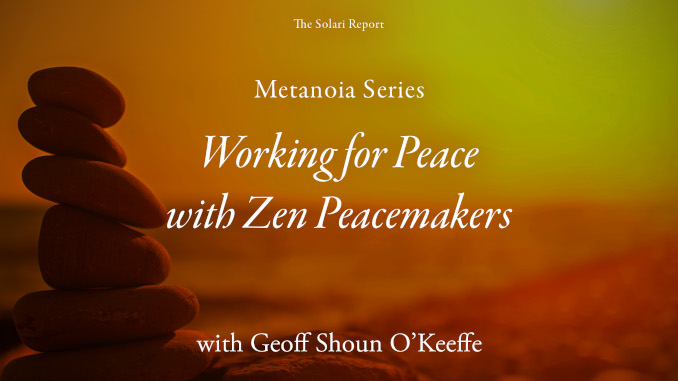



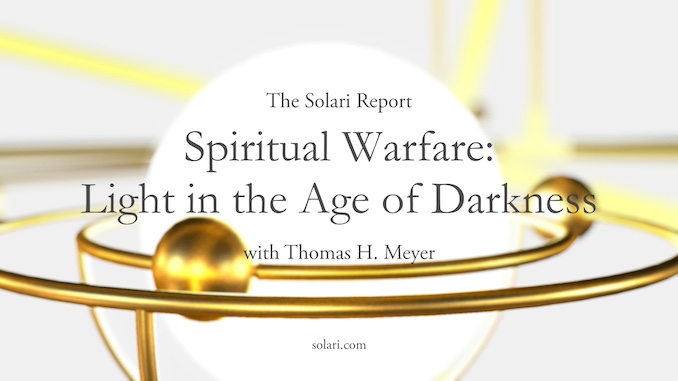




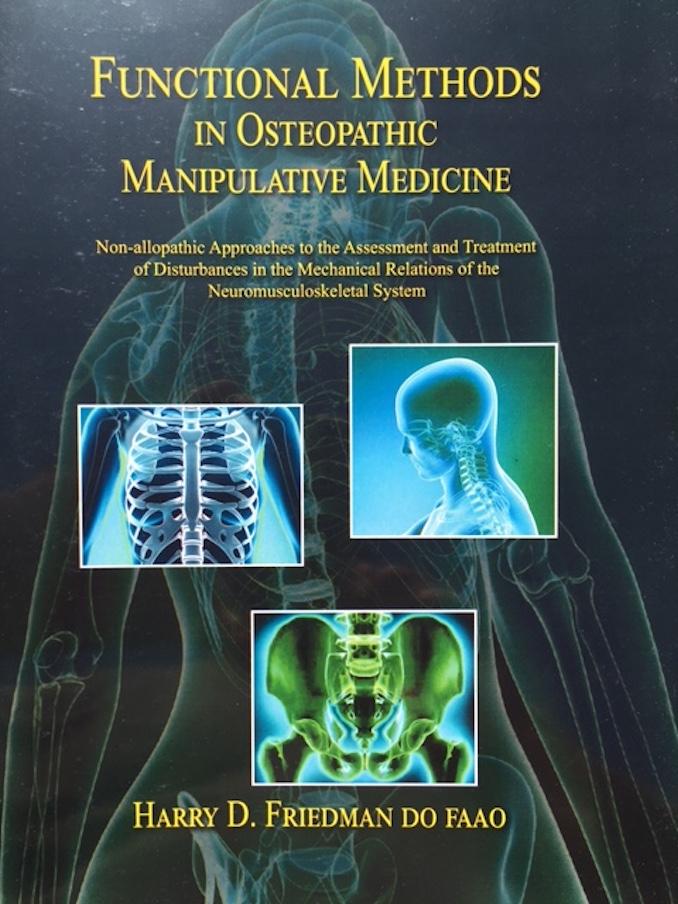






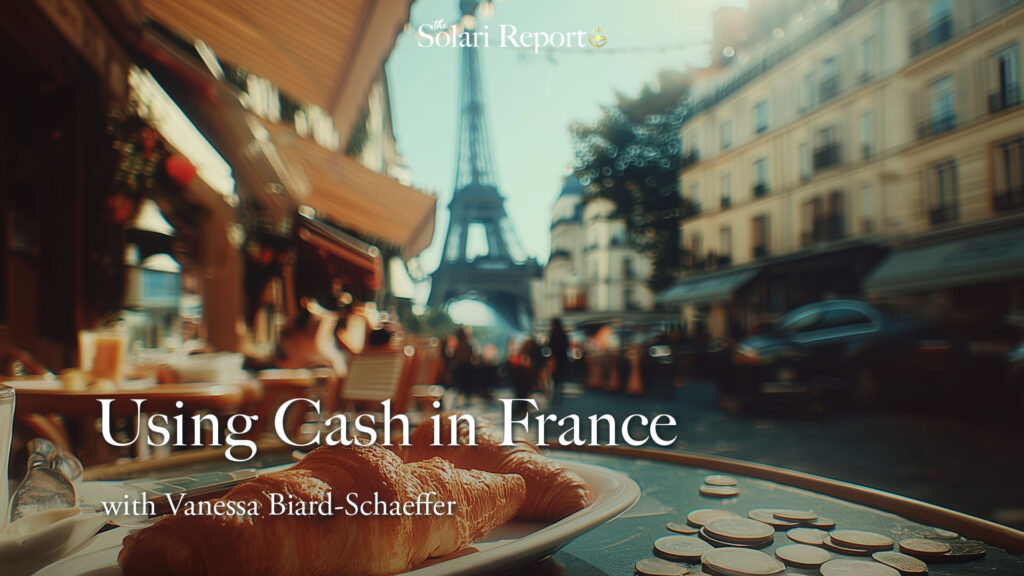





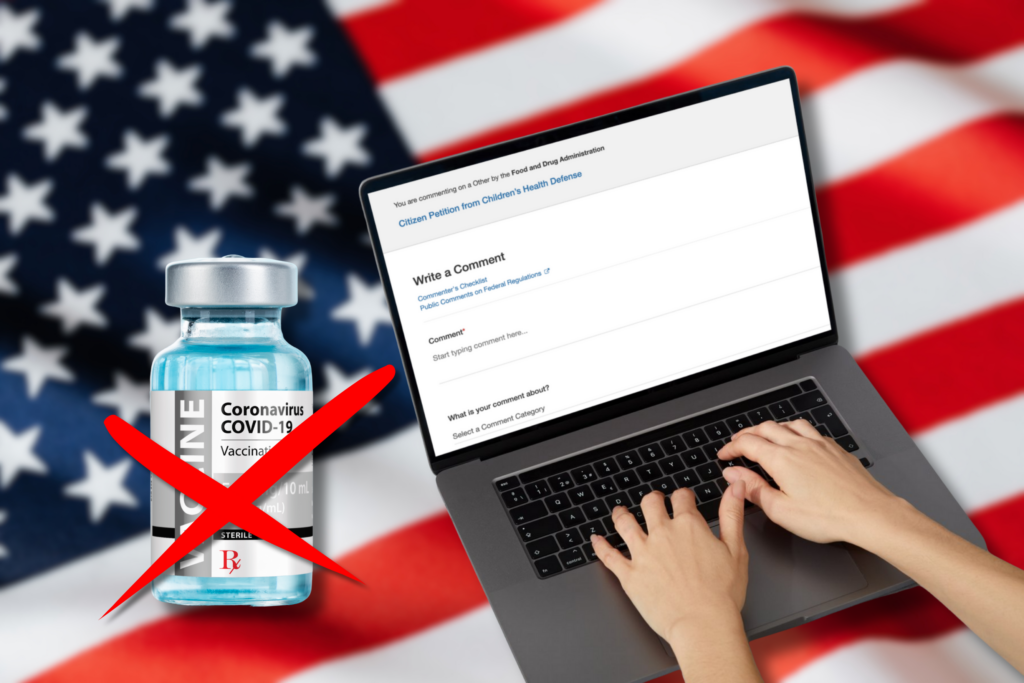

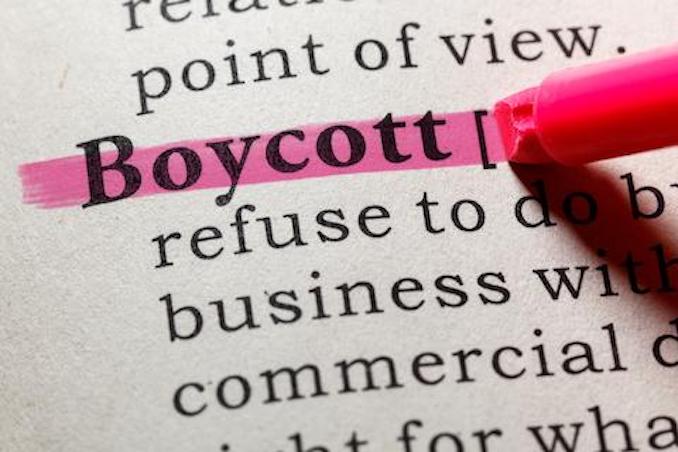






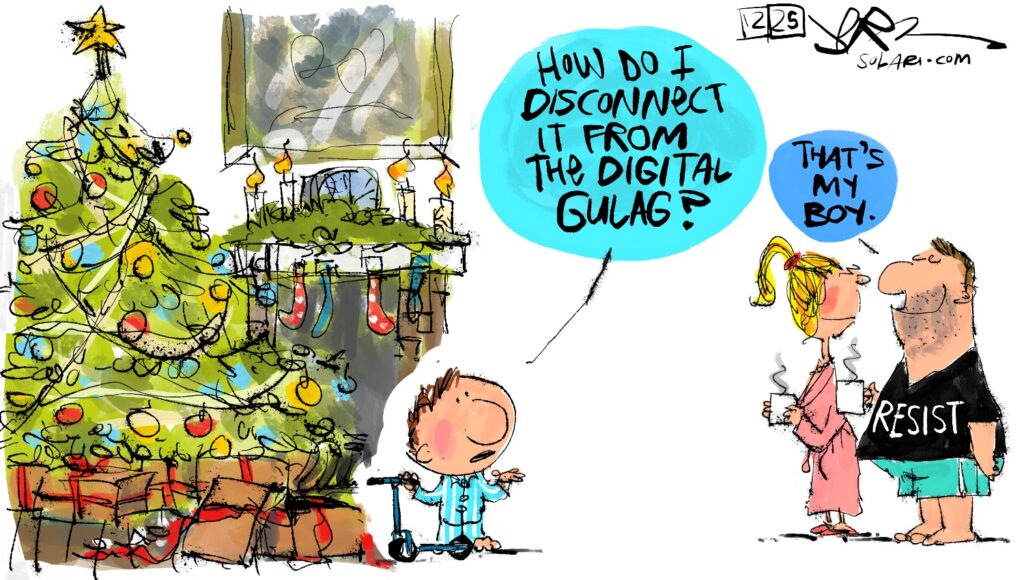
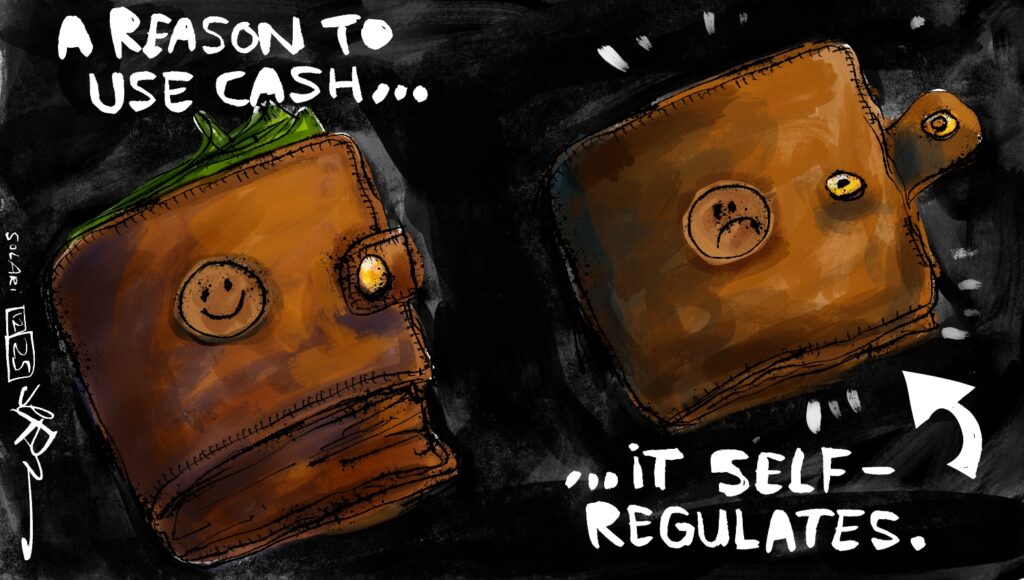
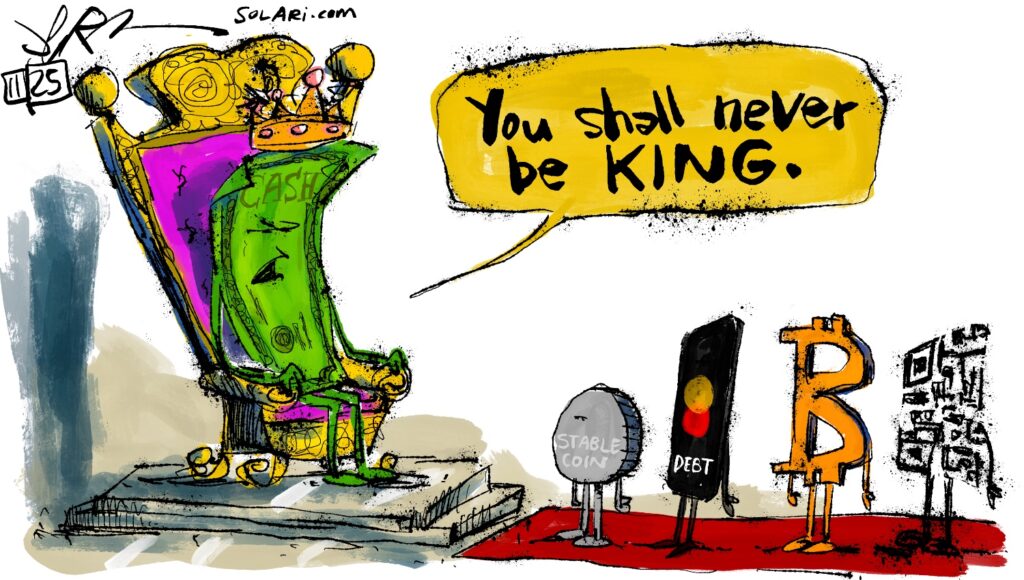

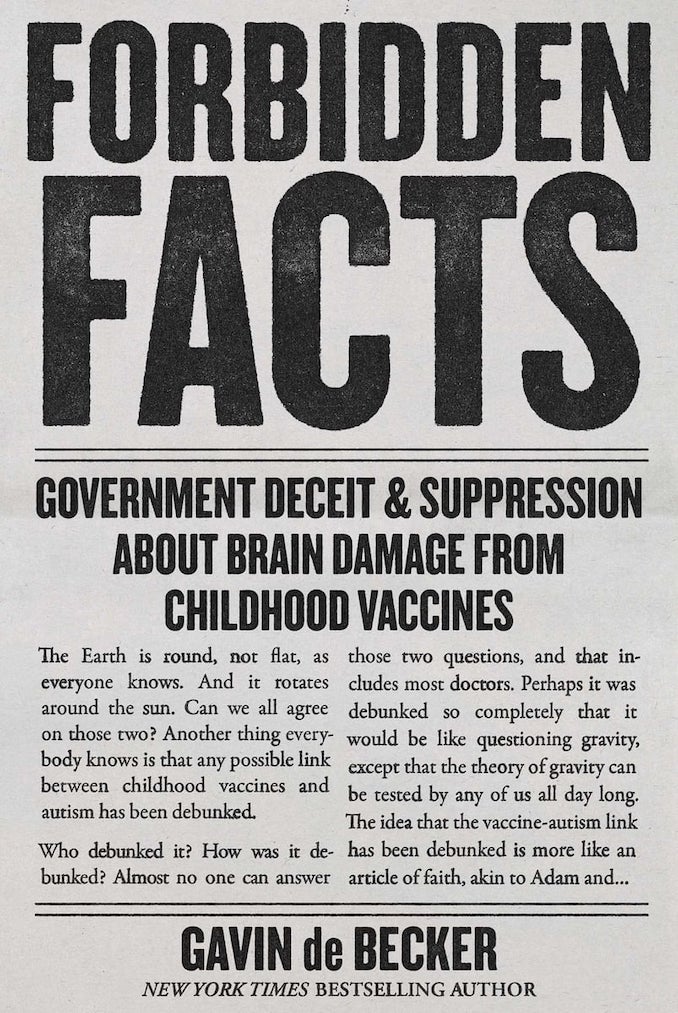






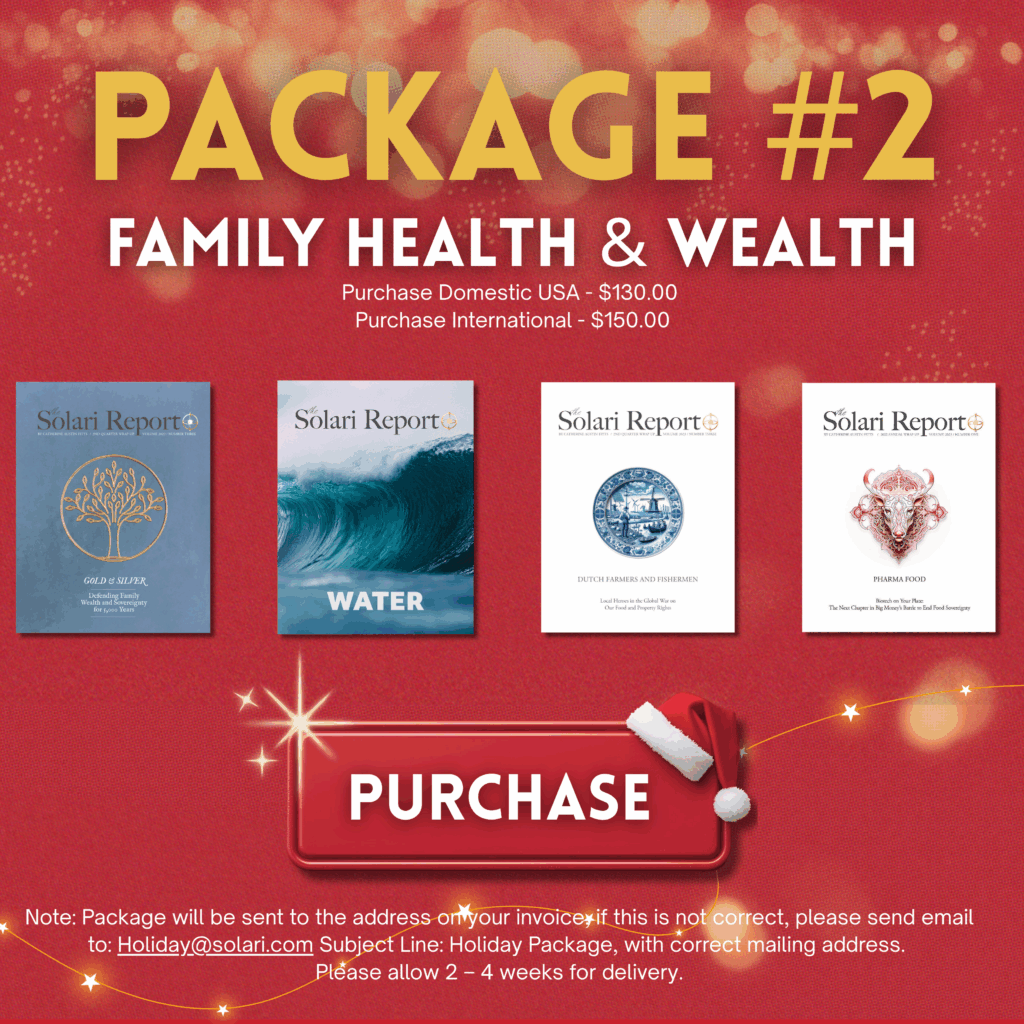
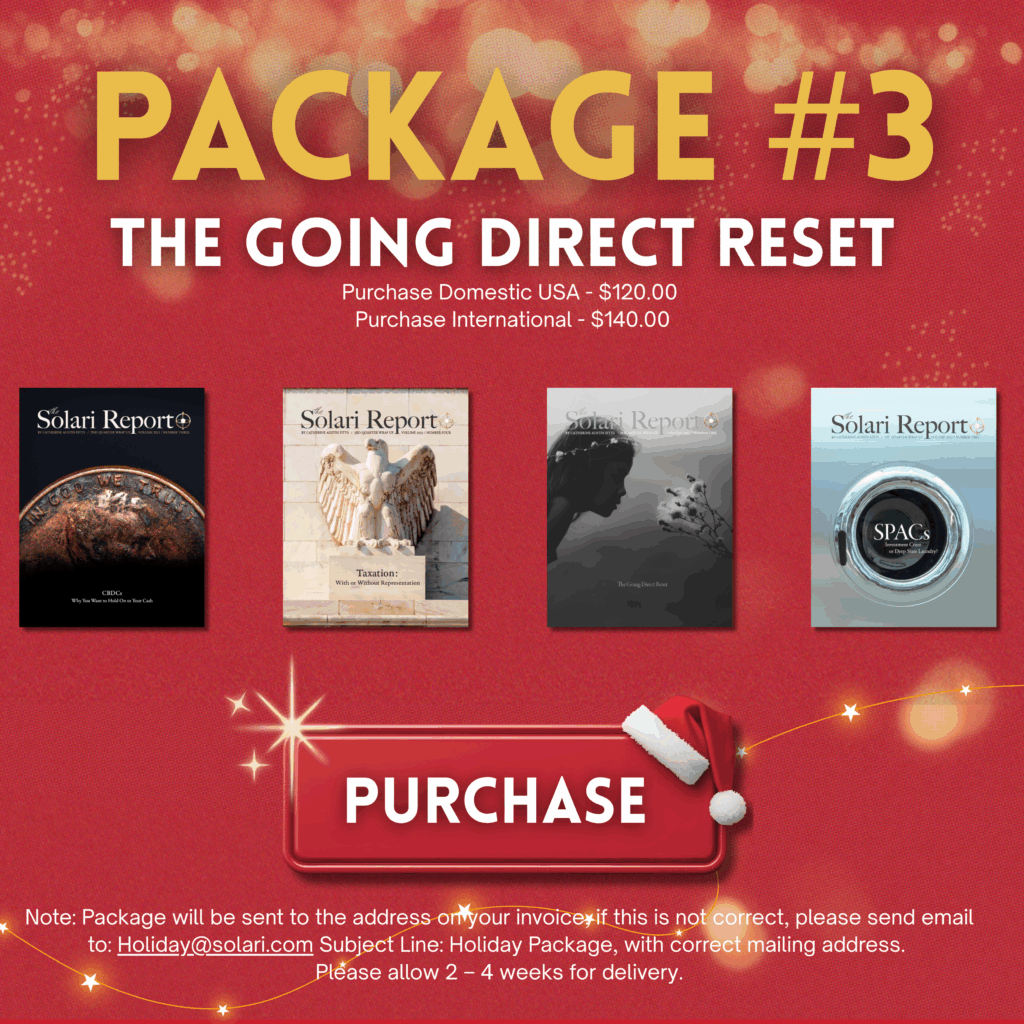
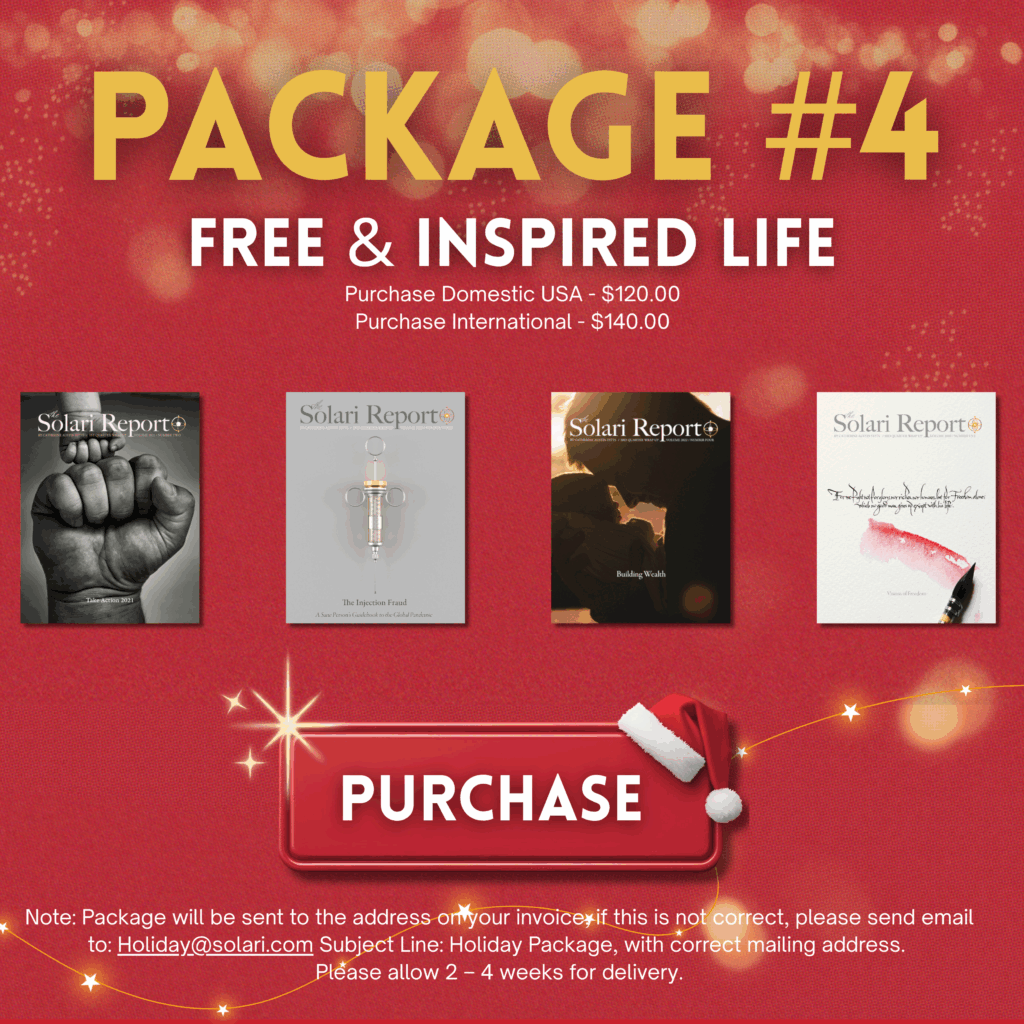
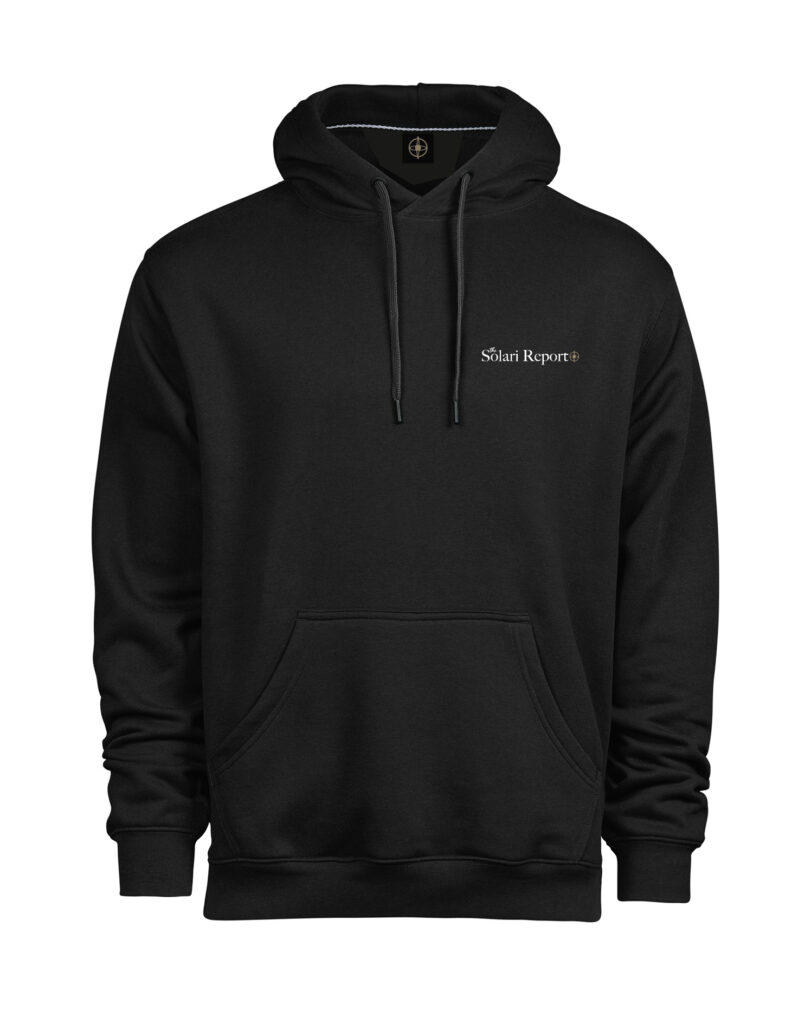
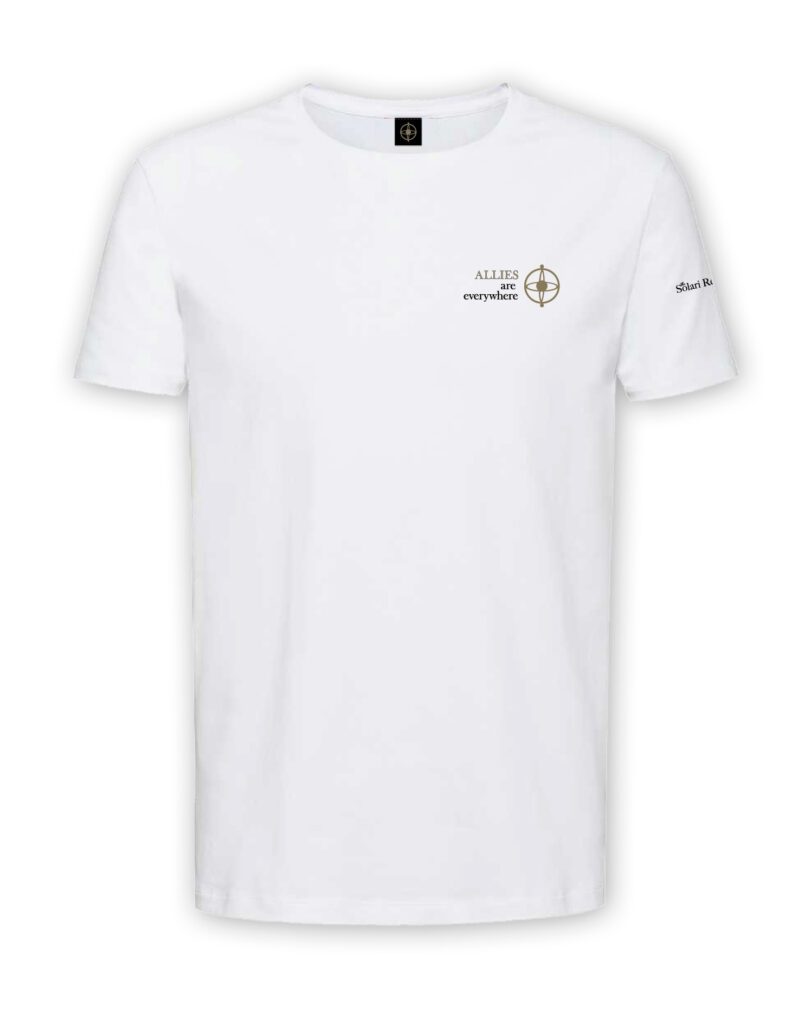
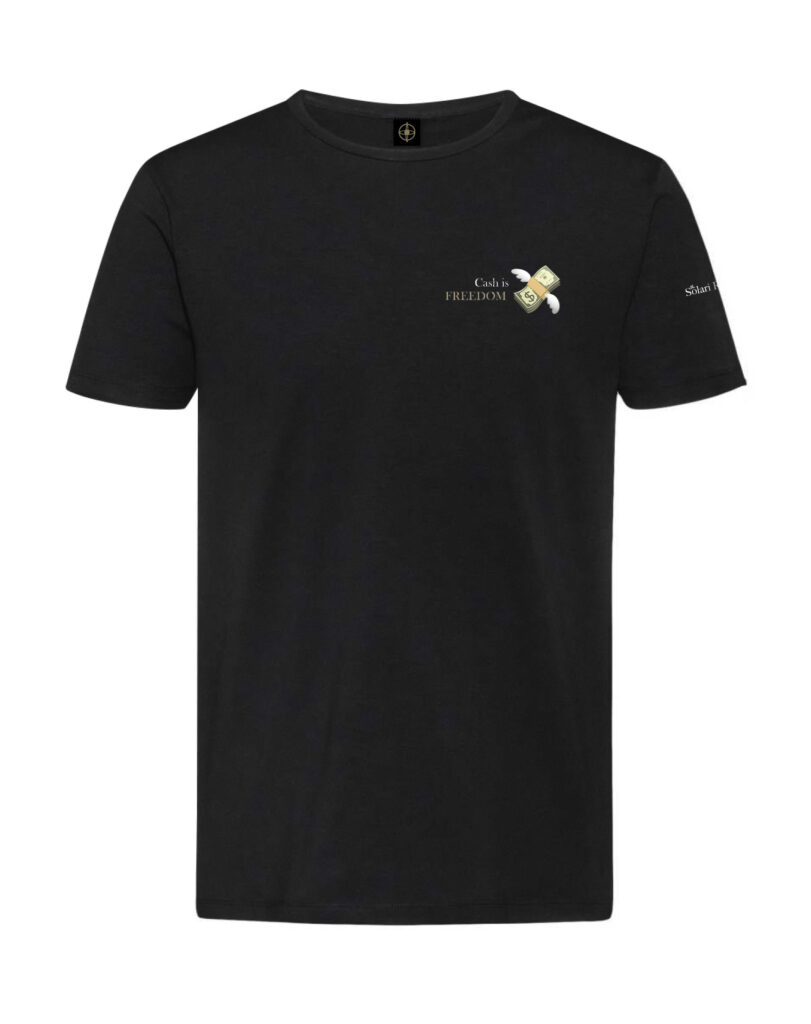
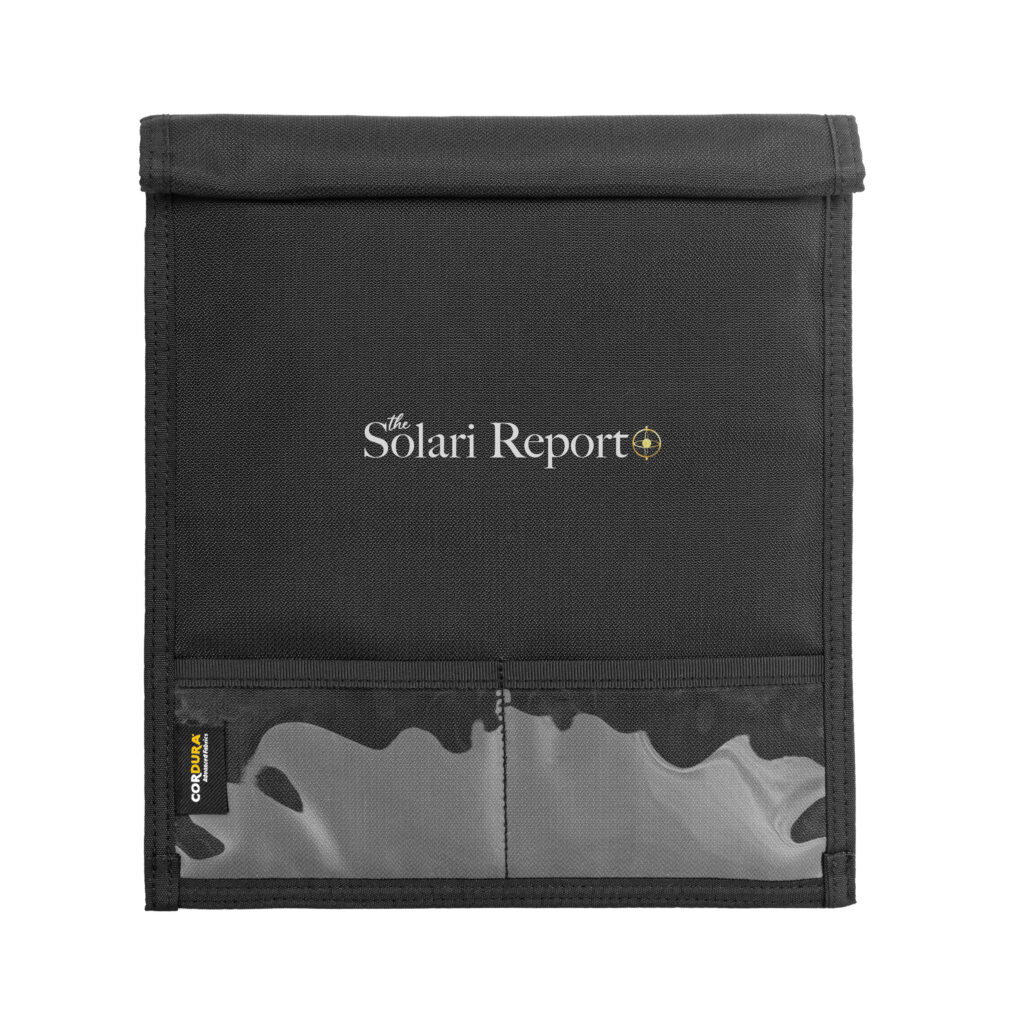
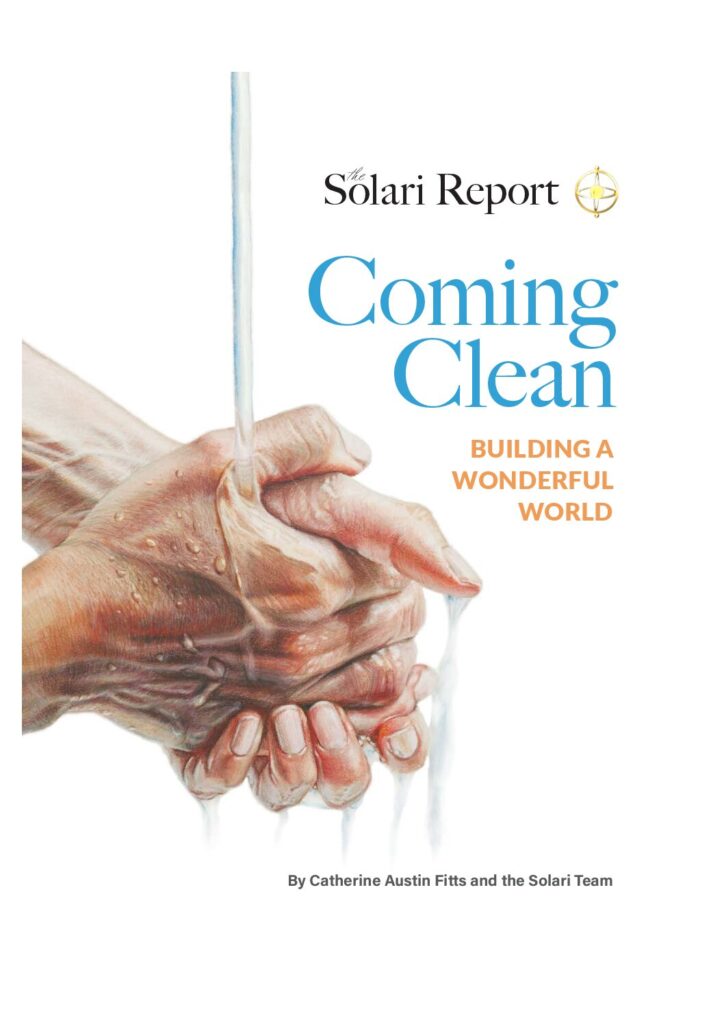

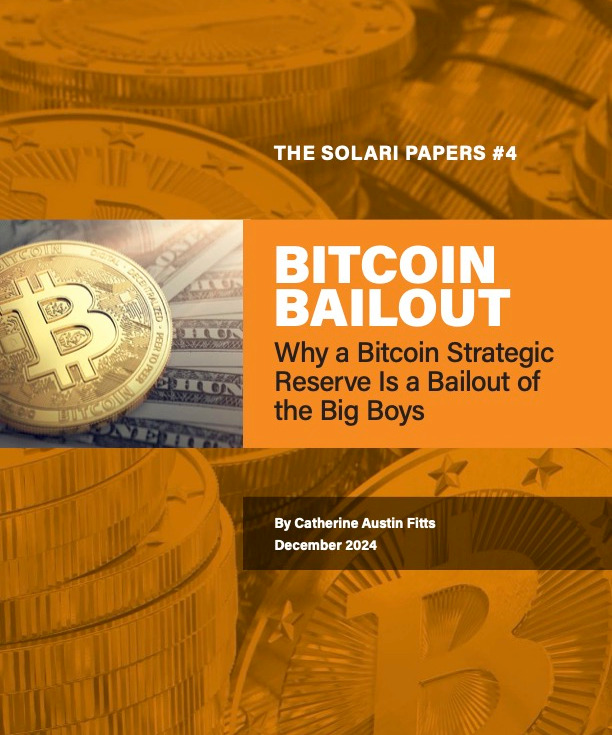



catherine!
I wish I had about 30 minutes to tell you what a blessing you are to the poor folks!
New listener.
Hoovy
Appreciate the appreciation! 🙂
Catherine.
I have been a listener years and a subscriber for almost one.
I simply echo the previous post of you being a blessing.
With your help I see the world much clearer and it’s often not comfortable to really look.
It’s your kindness, optimism and faith which I believe helps me the most as a source of truth, light and hope.
Please keep up the work.
Stay healthy and may God Bless you.
Steve
Steve:
WOW! Thanks. You made my day.
Will do my best….
Catherine
catherine!
I wish I had about 30 minutes to tell you what a blessing you are to the poor folks!
New listener.
Hoovy
Appreciate the appreciation! 🙂
Catherine.
I have been a listener years and a subscriber for almost one.
I simply echo the previous post of you being a blessing.
With your help I see the world much clearer and it’s often not comfortable to really look.
It’s your kindness, optimism and faith which I believe helps me the most as a source of truth, light and hope.
Please keep up the work.
Stay healthy and may God Bless you.
Steve
Steve:
WOW! Thanks. You made my day.
Will do my best….
Catherine
I’m a pessimist.
Life has done that to me.
Or maybe I’ve allowed it to happen.
The saying goes: Pessimists are more likely to be right. But less likely to be happy.
That’s a really, really tough call for me. Happiness is so fleeting and intangible that, most of the time, I’d rather be right.
I’m not defending that. It just is what it is.
I’m just trying not to fail in another area of knowledge and take my family down with me.
The Engineering Physics I learned was/is full of holes. Missing information. Disinformation. Propaganda dogma.
The MD was useful and helpful for many. But I think I was again duped by missing and inaccurate information. And it’s certainly gotten worse and much more exploitative in nature.
Thanks for your help in sorting that out.
Michael:
More later. However, I am an optimist. Yes, it is hard to look in the mirror and say “I’m the Pasty” I had to do it. I was born and live on a planet with a violent, primitive culture. Yes, that culture requires most people to betray and mislead the people around them. However, I choose to be excellent, rather than primitive and the spiritual forces are the most powerful – so they provide continual nourishment and energy. I have the capacity to figure out what is going on and use that intelligence to life a free and inspired life. There are numerous forces on this planet that can ruin my name, make my digital life prohibitively expensive and wasteful and even kill me, but what they can not do is make me be less than I chose. Based on everything I have learned about reality, those forces will eventually lose. So you need to find a way to create your own path. Watch the new version of the A Team – great movie for explaining that. It is a nice life to make your own path. I will post some good Solari Reports to help you do that.
I’m a pessimist.
Life has done that to me.
Or maybe I’ve allowed it to happen.
The saying goes: Pessimists are more likely to be right. But less likely to be happy.
That’s a really, really tough call for me. Happiness is so fleeting and intangible that, most of the time, I’d rather be right.
I’m not defending that. It just is what it is.
I’m just trying not to fail in another area of knowledge and take my family down with me.
The Engineering Physics I learned was/is full of holes. Missing information. Disinformation. Propaganda dogma.
The MD was useful and helpful for many. But I think I was again duped by missing and inaccurate information. And it’s certainly gotten worse and much more exploitative in nature.
Thanks for your help in sorting that out.
Michael:
More later. However, I am an optimist. Yes, it is hard to look in the mirror and say “I’m the Pasty” I had to do it. I was born and live on a planet with a violent, primitive culture. Yes, that culture requires most people to betray and mislead the people around them. However, I choose to be excellent, rather than primitive and the spiritual forces are the most powerful – so they provide continual nourishment and energy. I have the capacity to figure out what is going on and use that intelligence to life a free and inspired life. There are numerous forces on this planet that can ruin my name, make my digital life prohibitively expensive and wasteful and even kill me, but what they can not do is make me be less than I chose. Based on everything I have learned about reality, those forces will eventually lose. So you need to find a way to create your own path. Watch the new version of the A Team – great movie for explaining that. It is a nice life to make your own path. I will post some good Solari Reports to help you do that.
Great article Catherine.
Right now I’m currently invested in silver and crypto, but after listening to some of your videos I’m not so certain on crypto. What other investment opportunities would you suggest looking into?
Thank you for your perspective.
Any investment that lowers your overhead and makes you and your allies powerful.
See second half of 1st Quarter 2020 Equity Overview for a review of all asset categories.
Dear Catherine,
I am also a new subscriber. I am grateful to your source of knowledge and most of all, spirit. Very much agree that the future is bright, as long as we work on making it bright for ourselves. Thanks for bringing this message out, very important! I do think it is needed to prepare for a worst case scenario, but I am very sceptical of buying precious metals as I dont know how to verify the source (if they actually posses the gold or not?), meaning in case the world around me crashes, I am uncertain if my precious metal investor will actually bail me out or will he/she just disappear.. I am guessing it is very hard to find genuine precious metal sources these days. Or would it then just be better to abandon the idea of investing in this?
Aniko:
I only buy sovereign gold coins from a reputable dealer. I use a reputable dealer to make sure it is a real sovereign gold coin. Once I have that it is liquid world wide. The only thing that would make it not liquid is if the central bankers achieve their total control plan. I don’t think it is that difficult to find reputable sources. May take some digging if you are new to it.
Catherine, I’ve been a member for a month now and I can’t tell you how thankful I am that I found you. I must admit, I feel like I’m drinking out of a firehose because you have so much great content. It took me 52 years of life to “wake up” and you’ve help me do that. I feel like I’ve been lied to my entire life (finances, government, etc). Only investing in my 401K for all these years, I have built paper wealth but nothing more. Student loans for two children didn’t help my situation, but I was doing what I thought was right to help them achieve their goals. I do hope that I have enough time to right my ship. If not, I am at peace with God and my family and for that I am thankful. You are an inspiration to me, so please keep up the great work!
Bob:
Appreciate it. You have enough time to right your ship – especially if you access lots of good content on detoxifying and building a strong immune system!